Sony BRAVIA 9 is undoubtedly a product from the very highest tier, and there is no “but” about it, as this is a fact, not a thesis. In every possible instance, you can see how much work the manufacturer has put into refining the dimming algorithms, which undoubtedly fulfill their role to every possible extent. Thanks to this, we can enjoy an extremely deep black and an incredibly vivid image. And since we are on the subject of the picture and backlighting, it is impossible not to mention the quality of HDR effects, which will illuminate the room, enveloping us with over 2000 nits of peak brightness. Such a result certainly looks impressive on paper, but you must trust us that it is even better in person. The manufacturer, known for his meticulous approach to image quality, has once again made an effort to ensure that his television conveys as closely as possible what the film director wanted to express, which he has effectively achieved. Sony Bravia 9 also offers an excellent experience for the user thanks to the Google TV system. The interface is intuitive, and with a rich library of applications, we have access to countless content that we can tailor to our own preferences. Integration with the Google voice assistant allows for quick and convenient searches for your favourite films, series, or music, as well as control of other smart devices in the home. It is these kinds of solutions that make using the television not only a pleasure but also simplifies everyday life. Unfortunately, not everything is perfect. Sony Bravia 9 still has room for improvement, especially concerning the HDMI port equipment. Sony BRAVIA 9 has only two HDMI 2.1 ports, one of which is eARC, designed for a soundbar or home cinema system. Given the high price of the equipment, one might expect four full HDMI 2.1 ports, and the lack of picture-in-picture (PiP) functionality is also a downside that can be annoying. Despite these shortcomings, it is hard not to notice how exceptional this equipment is. It is the first LCD television that can truly compete with OLEDs. Infinite contrast, fantastic picture quality, no compromises — Sony BRAVIA 9 is nearly perfect. Great picture, modern technologies, attention to detail make every screening an experience you won’t forget.
- Matching (Score)
- Our verdict
- TV appearance
- Where to buy
- Contrast and black detail
- HDR effect quality
- Factory color reproduction
- Color reproduction after calibration
- Smoothness of tonal transitions
- Image scaling and smoothness of tonal transitions
- Blur and motion smoothness
- Console compatibility and gaming features
- Input lag
- Compatibility with PC
- Viewing angles
- Daytime performance
- Panel details
- TV features
- Apps
- Playing files from USB
- Sound
Sony Bravia 9 (XR90) vs TCL C9K
Direct comparison
BRAVIA 9 / XR90
C9K

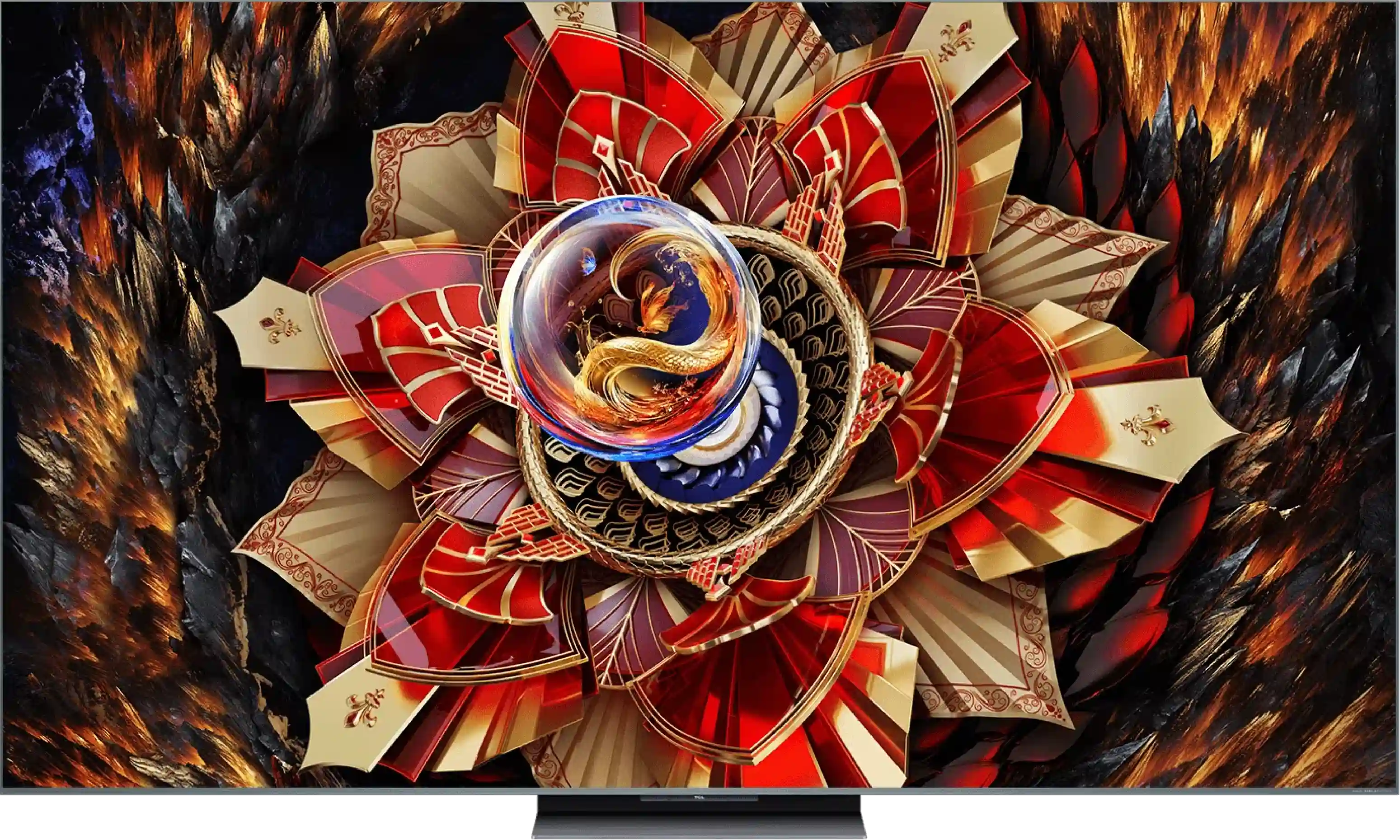
Panel type: LCD VA (wide viewing angle)
Resolution: 3840x2160
System: Google TV
Model year: 2024
Complete the survey to find out the result

Panel type: LCD VA
Resolution: 3840x2160
System: Google TV
Model year: 2025
Complete the survey to find out the result

Overall rating
8.8
7.7
Movies and series in UHD quality
8.4
7.4
Classic TV, YouTube
8.4
7.0
Sports broadcasts (TV and apps)
8.5
6.8
Gaming on console
9.2
8.9
TV as a computer monitor
7.6
8.6
Watching in bright light
9.5
7.0
Utility functions
8.8
7.7
Apps
9.6
9.6
Sound quality
8.9
7.9
Complete the survey to find out what fits your preferences
Advantages
Amazing HDR material brightness results
Very good colour reproduction after calibration
Advanced motion smoothing system
Noticeable positive effect of the image processor
Faithfulness to the source material
Versatile GoogleTV operating system
Good (for a VA panel) viewing angles
Very good contrast and black levels
Very high brightness
Support for all HDR formats including Dolby Vision
Fast 144Hz panel - for gaming and sports enthusiasts
Many features for gamers: VRR, ALLM, low input lag, etc.
GoogleTV operating system with a wide range of applications
Excellent sound branded by Bang & Olufsen
Improved viewing angles thanks to WHVA panel
Disadvantages
Only 2 HDMI 2.1 ports - including one ARC
No picture-in-picture (PiP) feature
Local dimming needs improvement
Only 2 HDMI 2.1 ports
No recording function from built-in tuners and PiP
No smaller variants, e.g. 55"
Our verdict
TCL C9K is a television that on paper looks like a showcase of the manufacturer's strength – thousands of Mini-LED zones, a WHVA panel, audio system from Bang & Olufsen, full support for HDR formats, gaming at 144 Hz, and even 288 Hz at lower resolutions. It is clear that TCL wanted to include absolutely everything it had best. And indeed – in many aspects, the C9K is capable of impressing. The brightness is enormous, HDR in large scenes can be stunning, motion fluidity and capabilities for gamers are at a top level, and the sound – considering it is built into the television – sounds really good. This is a device that can easily be regarded as a home entertainment hub. But there is also a downside. Managing brightness simply falters despite the incredible technical specifications – finer details often get lost in shadows or are blown out. And although synthetic tests of contrast and brightness perform excellently, the effect during everyday viewing of films and series is no longer so impressive.
In short: the C9K is a television full of contrasts – literally and metaphorically. It can deliver experiences similar to top screens, but it is still evident that TCL needs to work on software and optimisation. If someone is looking for a screen for gaming, sports, or spectacular blockbusters – they will be delighted. However, if they expect perfect representation of the director's vision and think they have managed to purchase an absolutely top model at half the price of the competition, they will unfortunately be disappointed. It's a shame, because the technological potential here is truly enormous – it just lacked a bit of common sense in its utilisation.
TV appearance




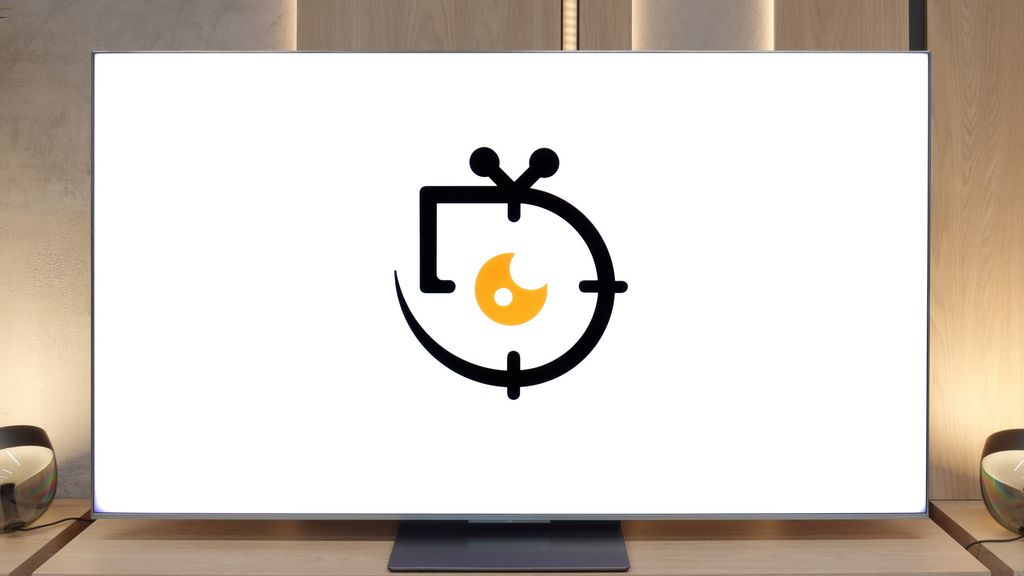
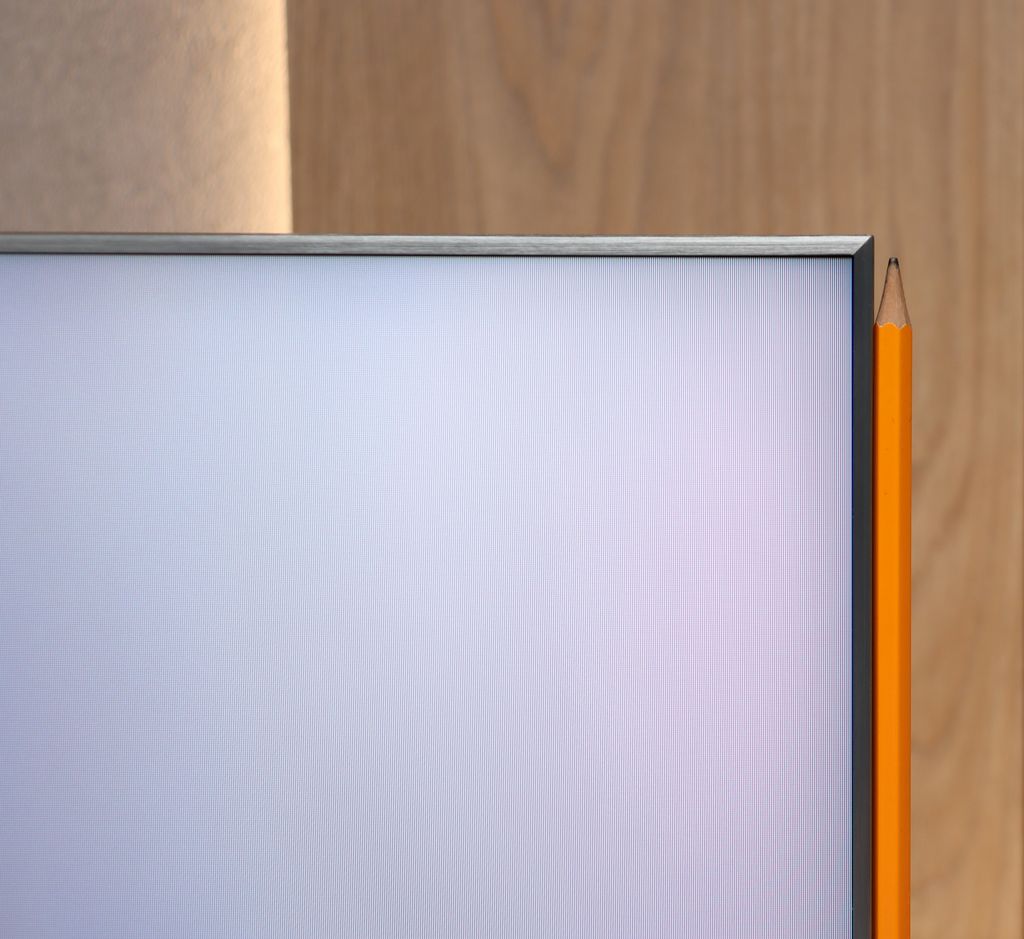
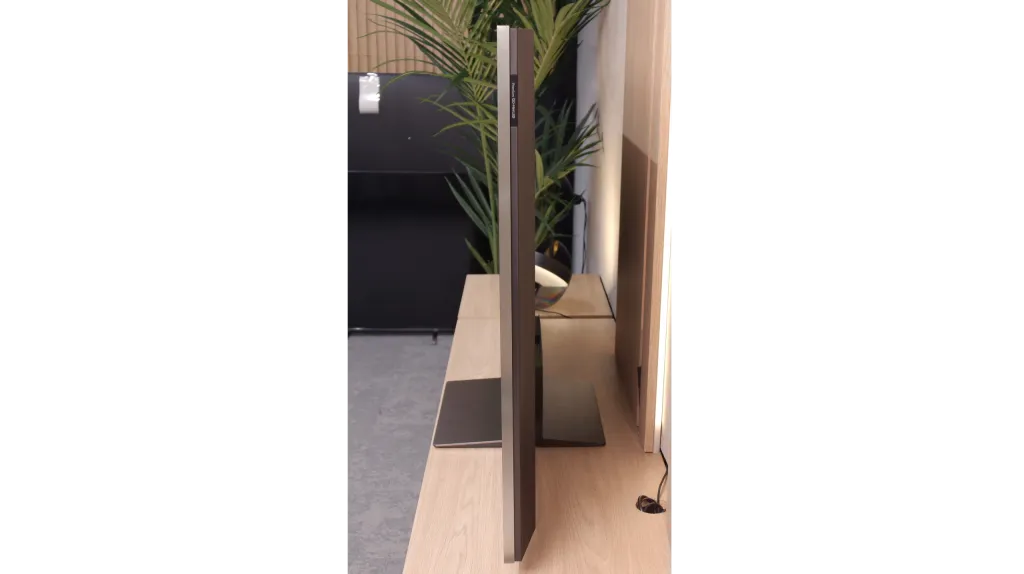
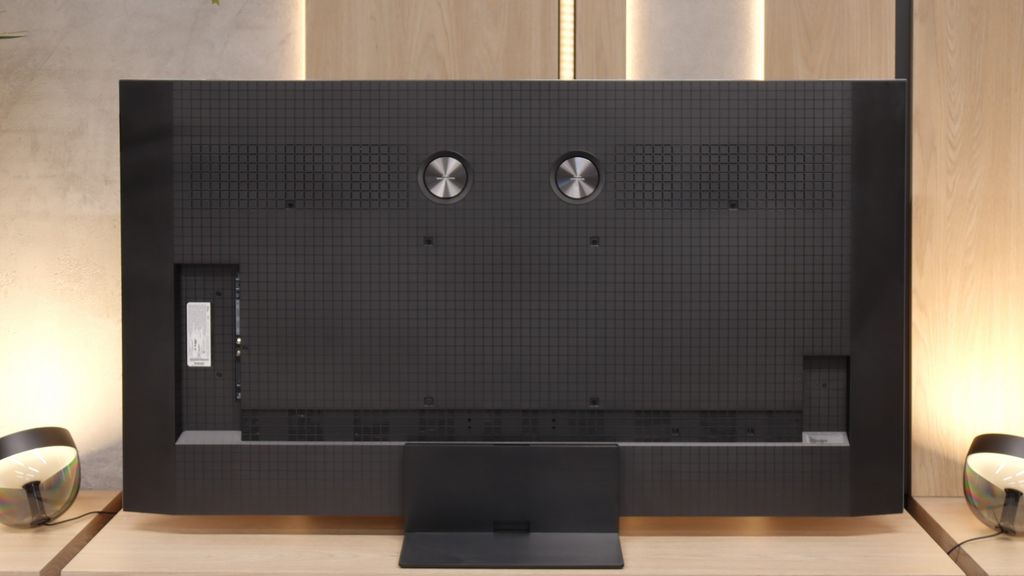
Contrast and black detail
8.6/10
8.1/10
Local dimming function: Yes, number of zones: 1920 (60 x 32)
Local dimming function: Yes, number of zones: 3024 (42 x 72)
Contrast:

Result
184,000:1

Result
98,500:1

Result
120,000:1

Result
9,050:1

Result
5,800:1

Result
459,000:1

Result
72,750:1

Result
30,350:1

Result
9,800:1

Result
12,200:1
Halo effect and black detail visibility:

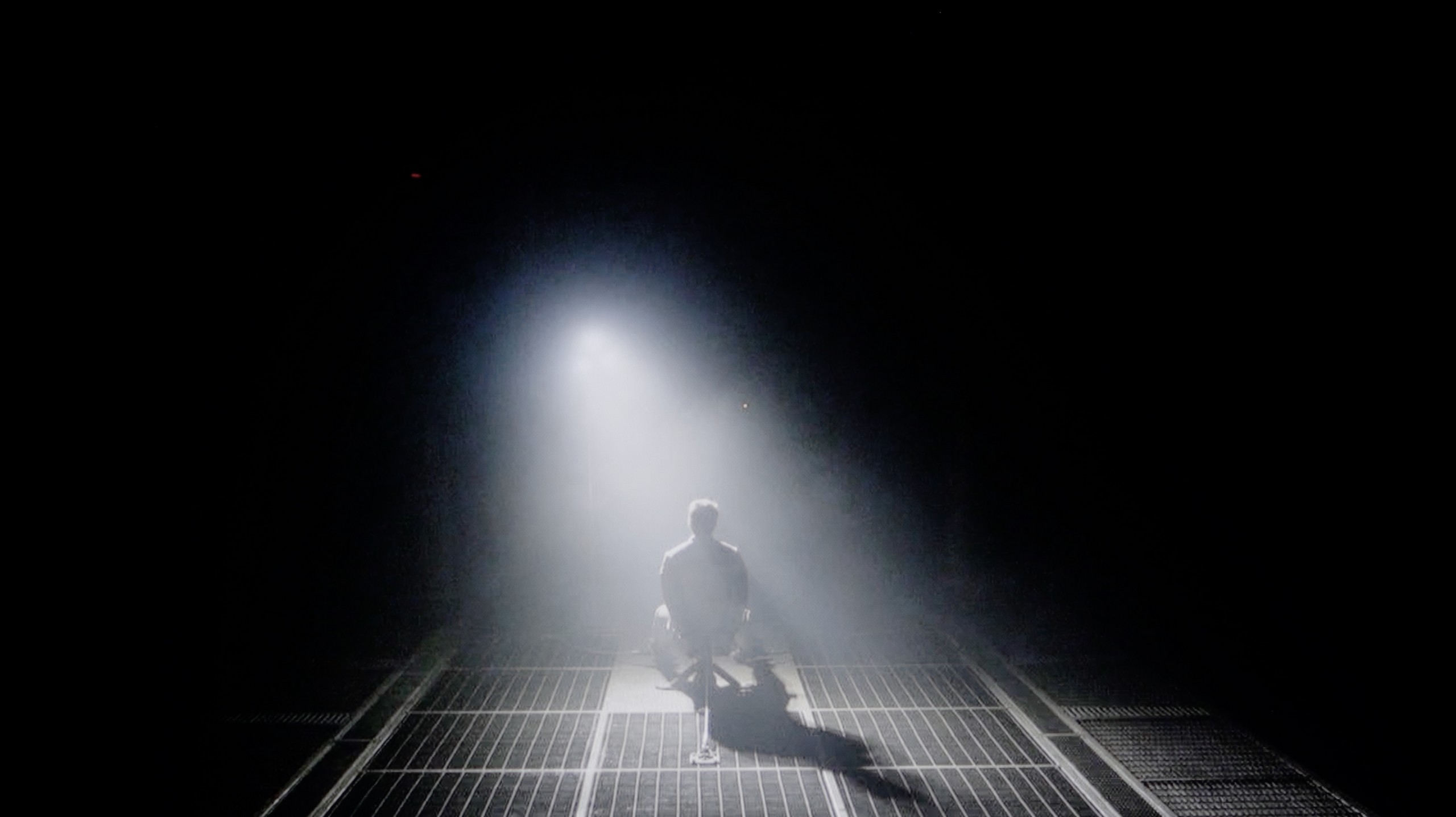
Similarly, the Sony Bravia 9 utilises a high-contrast VA panel, supported by backlighting composed of Mini LED diodes. The total number of zones for the 75" size, which we tested, was 1920. The combination of such a number with advanced, and confidently one could say — the best zone dimming algorithms yields excellent results in contrast and black levels. Practically each of the scenes can showcase an incredibly deep and immersive image. Of course, the last two will not provide us with blacks akin to those of OLED televisions, although it cannot be said that the results are poor, as a significant portion of competing televisions will not deliver such a faithfully reproduced directorial vision. Looking below at two test scenes from Sony Bravia 9 from the film Oblivion and Sicario 2, we can observe the very mature behaviour of the backlighting algorithms, which do not allow for preserving black at the expense of the original image. Of course, the blooming effect still occurs here due to the operation of the television's zones (it can be observed on the small lights on the helicopter), but it is definitely one of the best LCD televisions we have tested in terms of black levels and contrast.
What immediately distinguishes the C9K from the C8K model is the number of backlight zones. In the 65-inch version, we counted… over 3000! One has to admit – it's a true display of TCL's strength, cramming literally everything they had at hand into this television. On paper, it makes a huge impression and indeed – in less demanding movie scenes, the blacks look fantastic. The level is absolutely top-notch, and the separation of lights from dark parts of the image can be impressive. The problem is that this impressive specification does not always translate into practice. In our tests, we noticed situations where the C9K, despite having a greater number of zones, could fall into contrast traps and performed… worse than the C8K. For instance, it struggles to perfectly dim the true black bars in 21:9 format films (those with black bars at the top and bottom). Sounds strange? Unfortunately, it's the result of a lack of optimisation – the hardware is 'packed' with technology, but the algorithms do not always keep up with making use of that potential.
Don't get us wrong – black levels are a strong point of the C9K and in many scenes, it looks simply fantastic. In synthetic measurements, the contrast performs remarkably well, coming close to the levels of the best televisions on the market. But in real cinematic usage, these numbers do not always correlate with a better experience than with its cheaper cousin. And that is perhaps the greatest disappointment – because the potential was huge.
HDR effect quality
8.6/10
6.9/10
Luminance measurements in HDR:

Result
2199 nit

Result
1700 nit

Result
1717 nit

Result
1751 nit

Result
1741 nit

Result
1425 nit

Result
531 nit

Result
1277 nit

Result
331 nit

Result
1424 nit
Scene from the movie “Pan” (about 2800 nits)


Scene from the movie “Billy Lynn” (about 1100 nits)

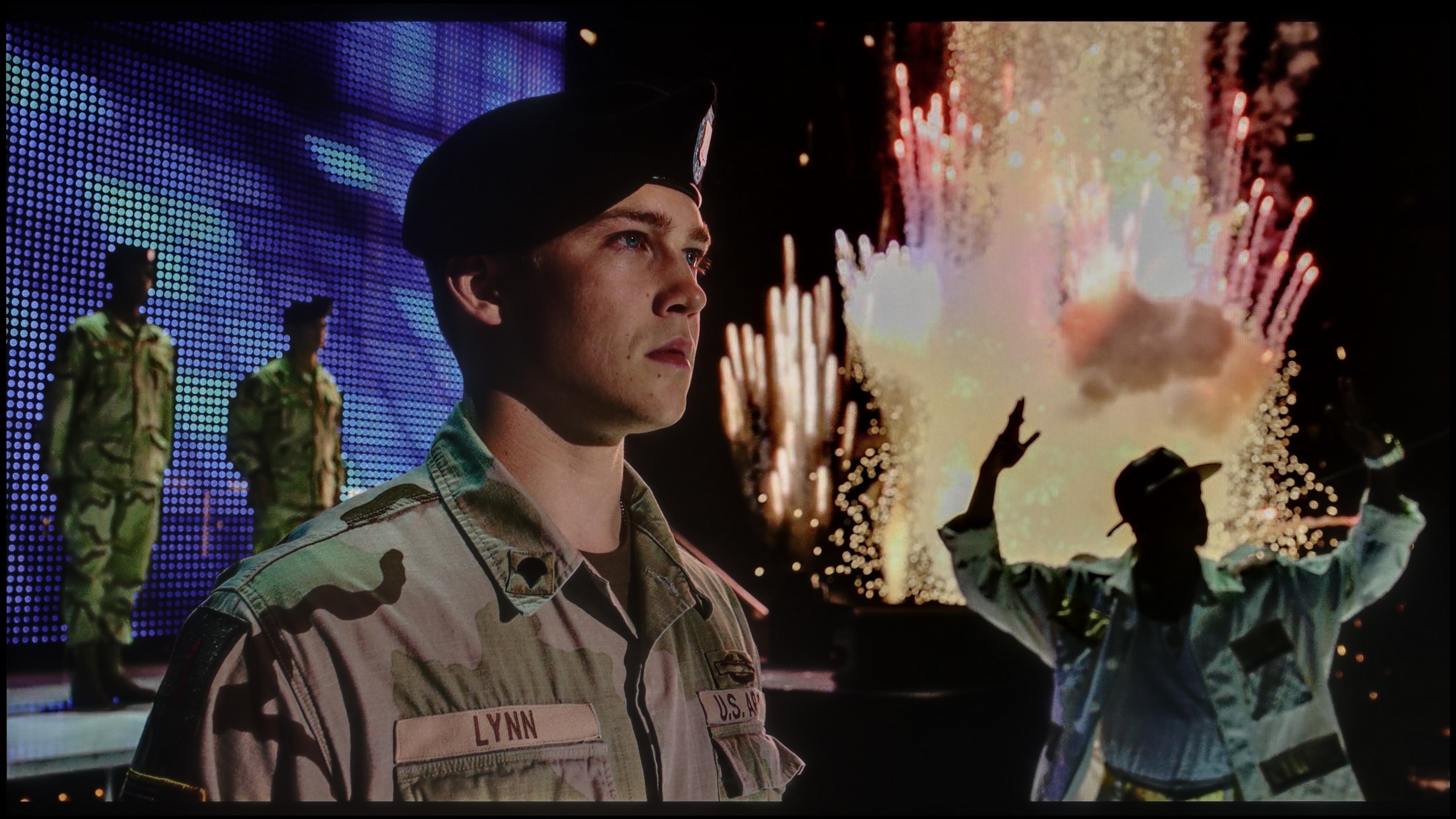
Static HDR10


Dynamic: Dolby Vision
Dynamic: Dolby Vision


HDR luminance chart:
TCL C9K
HDR luminance
Sony Bravia 9 (XR90)
HDR luminance
The results of brightness measurements on the Sony Bravia 9 are phenomenal. Each scene reaches well over 1500 nits, and when watching films, the television can sometimes shine even brighter. It goes without saying that such brightness allows for unprecedented experiences and engagement with video material at the highest possible quality. Thanks to the high coverage of the DCI-P3 colour palette, the image is full of colours and, combined with such high luminance, it practically breathes. With high peak brightness, viewers can enjoy the full range of colours even in the most challenging scenes, such as those based on dynamic lighting changes. The Bravia 9 offers support for Dolby Vision and HDR10 formats, which further enhances the viewing experience.
As we mentioned with black and contrast – the C9K makes a huge impression in synthetic tests. Our measurements showed that on a screen 10% filled with white, the television is capable of squeezing out... 4000 nits of brightness! It sounds cosmic, but – and here unfortunately the pattern repeats – the numbers say one thing, and practice another. In real film scenes, the situation looks different. In the best case, when the light effects occupy a large part of the image and the local dimming algorithm doesn't have to think too hard about what to do with thousands of zones – the result is really quite good. At that point, the C9K can reach about 1500 nits, which provides a pleasant, intense flash and can indeed make a positive impression.
The problem begins with smaller elements – such as stars in the sky, the moon, or individual reflections. That's when the proverbial cat comes out of the bag: the algorithms are not yet refined, and brightness drops even to 400–500 nits. This is a huge difference compared to the potential of 4000 nits that we saw in laboratory tests. Why does this happen? Most likely, the television tries to protect the black and minimise the halo effect around bright objects. Unfortunately, this comes at the cost of details – some of the intricate details simply disappear, and the scene loses its nature.
Factory color reproduction
8.1/10
4.5/10


Factory Mode
After calibration


Factory Mode
After calibration
The best factory mode in Sony televisions has consistently remained "IMAX Enhanced" for years. It was this mode that we used throughout the entire testing procedure. Although it is indeed the most similar to the standard compared to other predefined options, it has a number of aspects that can be improved to make viewing even more enjoyable. When we look at the gamma in SDR materials, we notice quite a significant boost that will be associated with image contrast. It is worth noting that the very beginning of the graph has an even greater rise compared to the reference, leading to a blending of details in the blacks, creating a uniform blot. The EOTF curve in HDR content looked quite correct and exhibited only minor deviations from the reference. However, a common feature for both was: a green colour dominance in white balance, issues with greys and overall colour misalignment. The aspect that stood out the most was related to the uneven distribution of hues in white balance. Due to the excess of the aforementioned colour, the image was covered with an unpleasant greenish tint.
For colour tests, we once again reached for the Filmmaker mode – a new feature in TCL televisions for 2025. And although the direction itself is a step in the right direction, the execution leaves much to be desired. The white balance in SDR content turned out to be too warm – there was an excess of red. Conversely, in HDR, it swung in the opposite direction: the image became excessively blue. The Colour Checker test revealed quite a few colour inaccuracies that were noticeable to the naked eye. An even bigger problem turned out to be what we mentioned above – managing brightness. Regardless of whether we were watching SDR or HDR content, the image had a tendency to blow out the entire scene, giving it an unnatural, almost grotesque character. Therefore, it is hard to call this a 'director’s mode' – because the director surely has never seen such an image.
Color reproduction after calibration
9.3/10
7/10

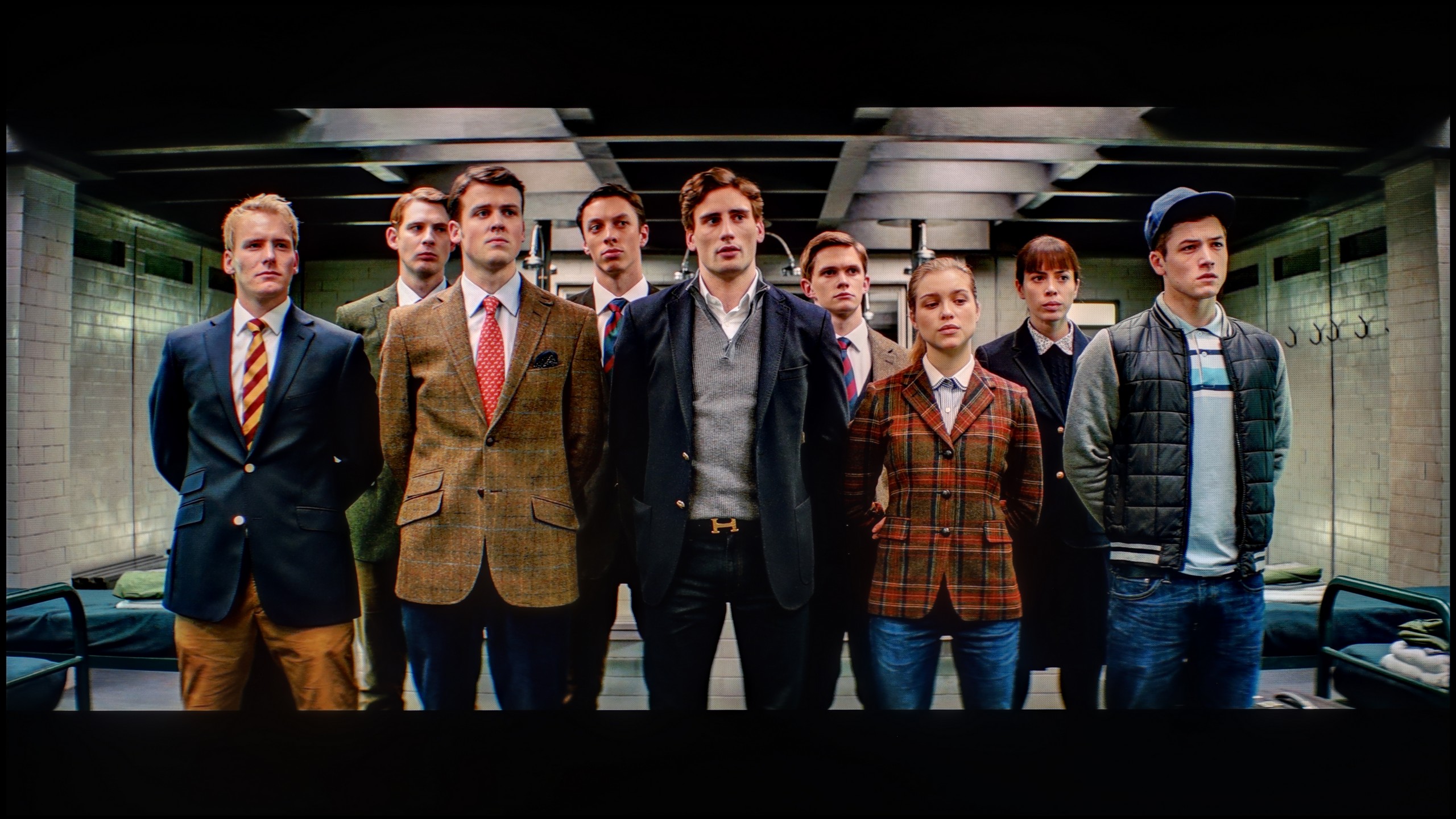

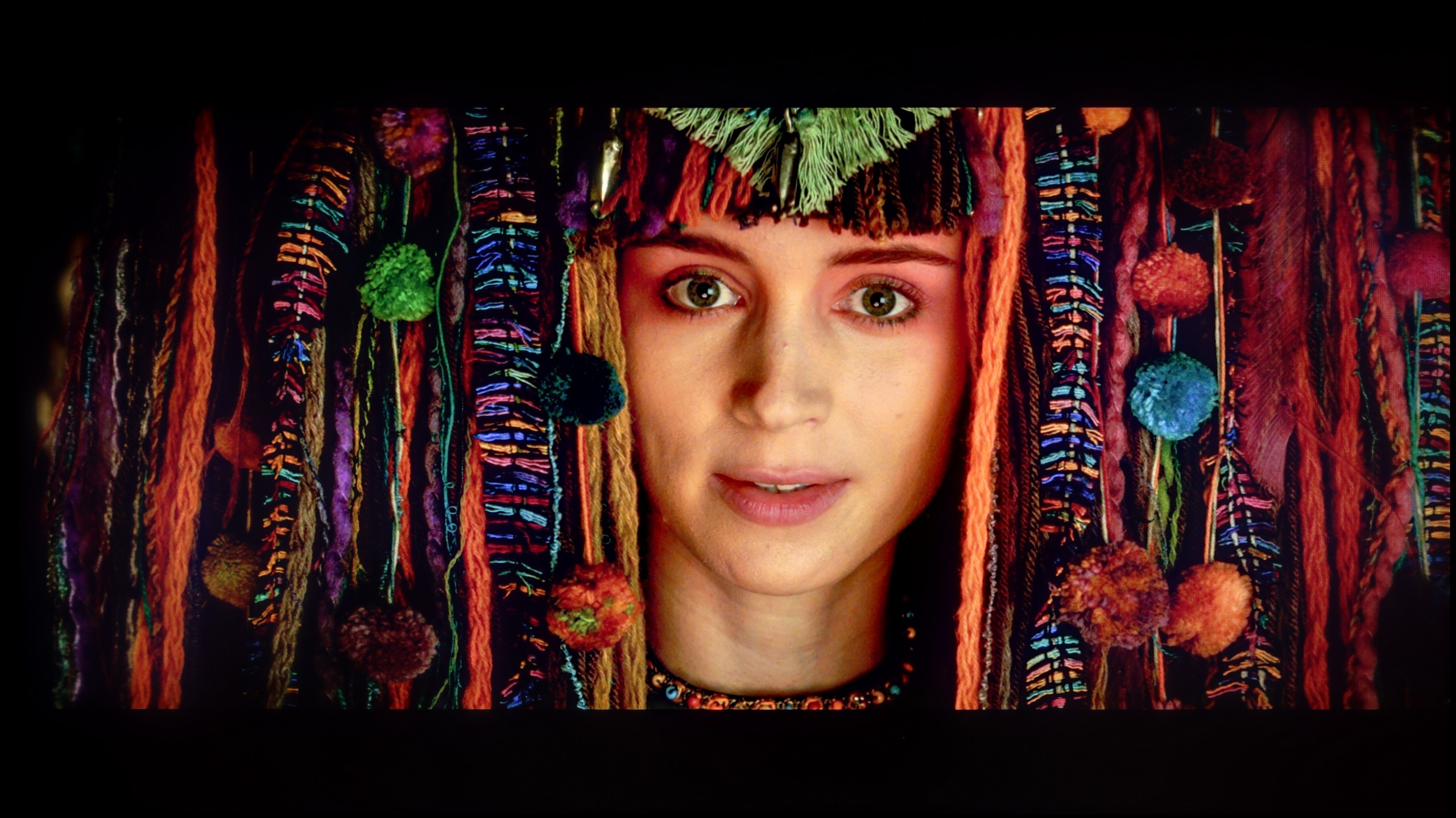
The colour reproduction after the calibration process should be regarded as excellent. Regardless of the signal, whether SDR or HDR, we can expect an image that is remarkably close to what the film director saw. Virtually every flaw in the image has been modelled and maximally corrected. This was made possible thanks to the advanced tools used for the calibration process, which Sony has been providing in its televisions for years, including 2- and 20-point grey scale adjustment as well as a very comprehensive CMS.
After calibration, we finally managed to tame the white balance – and it immediately translated into a more natural image. Colours finally started to look as they should, and the overall presentation was incomparably better than with the factory settings. In other words – it’s worth taking a moment to improve this, as the gain is really significant. The gamma responsible for managing brightness was also brought under control in SDR content, and the effect was more than satisfactory. Unfortunately, when we switched on the HDR material, the situation quickly became complicated. No matter how we set the local dimming, the television had a tendency to do what it pleased with the image – either overexposing the whole picture or dimming the darkest parts too much. Just like we saw in the scene from the film Billy Lynn. Colour-wise, the improvement after calibration makes a great impression, but managing brightness in HDR remains the Achilles' heel of the C9K and constitutes a technological limitation.
Smoothness of tonal transitions
7.1/10
8.7/10







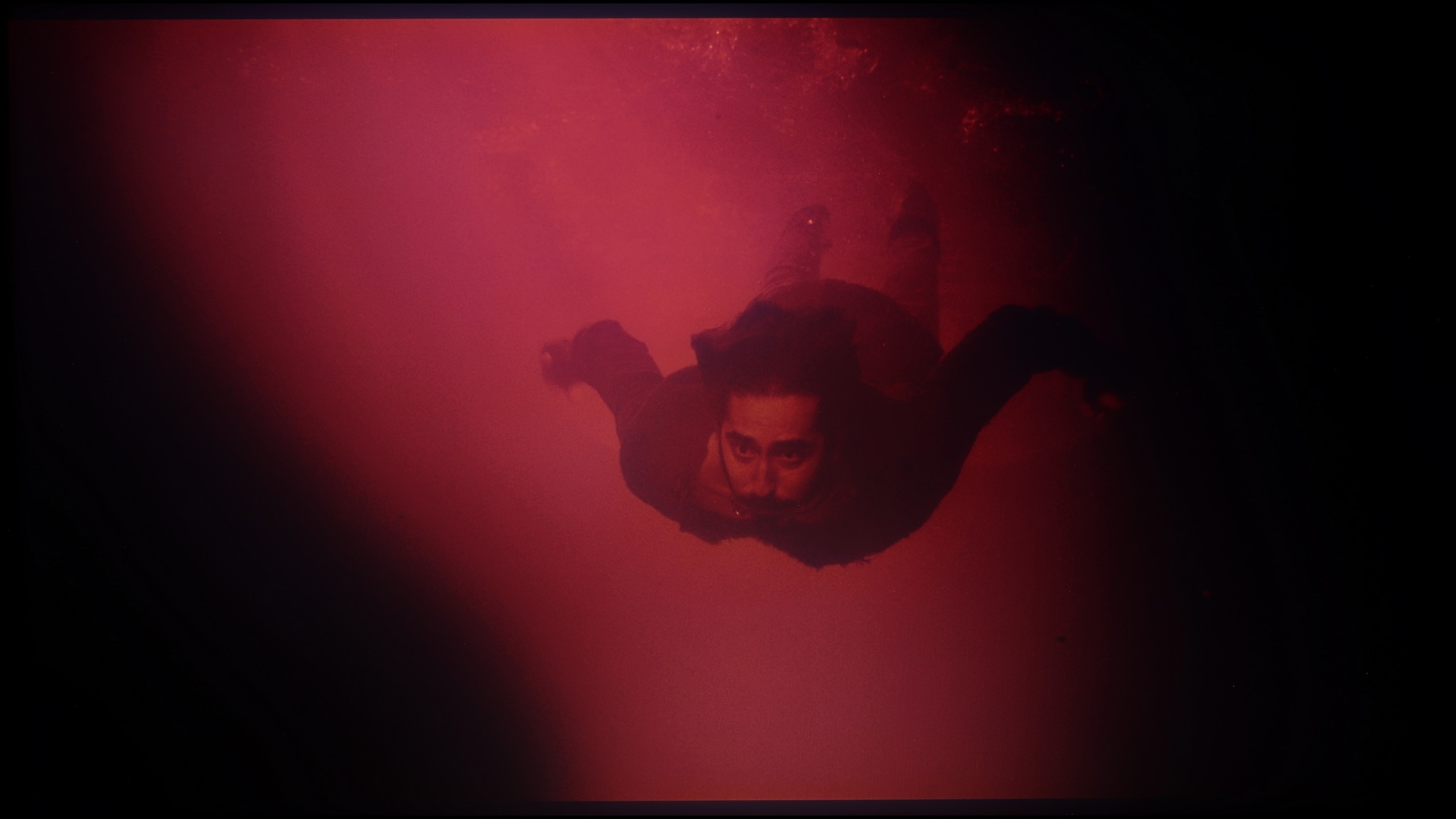




The default quality of gentle gradation, i.e. with the enhancement function turned off, is quite mediocre, considering the price range and class of the device. The problem is not noticeable on very bright backgrounds but is quite pronounced on dark ones. This is perfectly illustrated by the last two test scenes, where tonal transitions are noticeable and may discomfort purists of image quality.
In terms of the fluidity of tonal transitions, TCL C9K performs really well. In more challenging movie scenes, there is no typical banding of colours that can break immersion, even in more expensive televisions. Perhaps slight issues can be noticed in the brightest parts – for instance, in scenes from the film Kingstone – but these are nuances. For the vast majority of viewers, especially with 4K content, the colour gradation will appear smooth and practically unnoticeable.
Image scaling and smoothness of tonal transitions
8.5/10
5.5/10
Smooth transition function

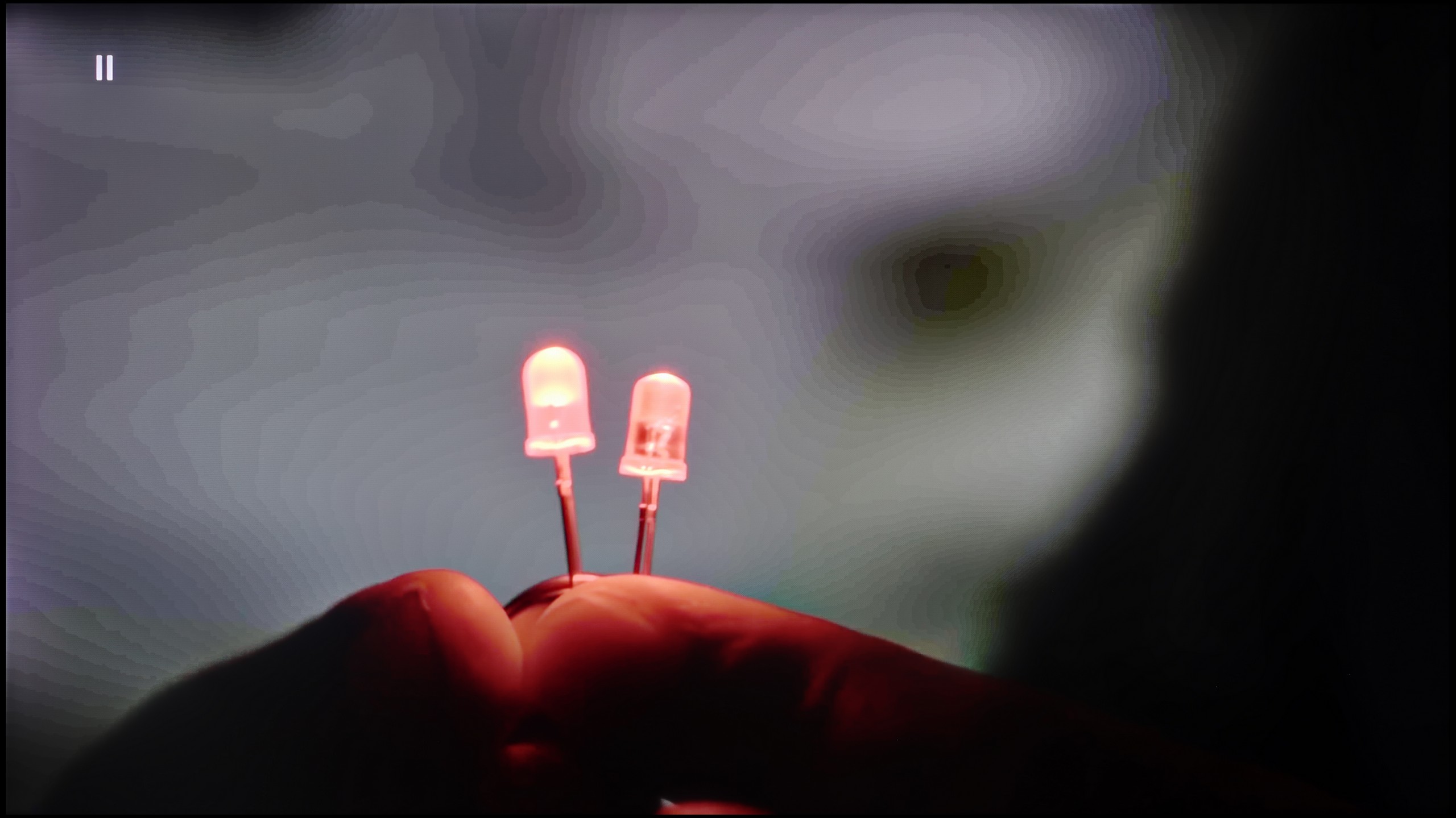
Image without overscan on the SD signal


Let’s take another look at the quality of tonal transitions, but this time we will analyse the quality of image scaling, which will be significantly important when watching lower quality materials. For starters, we will take a look at the function responsible for the quality of tonal transitions. And while by default they are quite average, after activating the option, even at the lowest level, we can confidently say that these are among the best we have seen. You can confidently enable this feature, as it does not cause any negative phenomenon, such as film grain blurring.
Sony has been boasting for several years now that its "XR" processor is unmatched when it comes to image scaling. And we find it quite easy to believe, because in fact the image is extremely sharp, yet very natural.
The digital image processing in TCL C9K is rather mediocre. The tone transition smoothing feature is supposedly present, but activating it hardly makes any difference – colour banding is still visible, and it can inadvertently highlight elements we would prefer to hide, such as textures of objects. Fortunately, it does not remove film grain, but that's scant consolation considering the effects are still poor. Thus, it's hard to recommend using this option.
On the other hand, image scaling performs significantly better. Lower quality materials look quite decent – characters and backgrounds are represented clearly, although of course, with sources like 576p, the limitations of the physics cannot be disguised. Sometimes, there's characteristic aliasing of objects, but that's due to the source itself, not the algorithm. A plus for the fact that there are no overscan issues – the image is neither artificially cropped nor enlarged.
Blur and motion smoothness
8.5/10
7.8/10

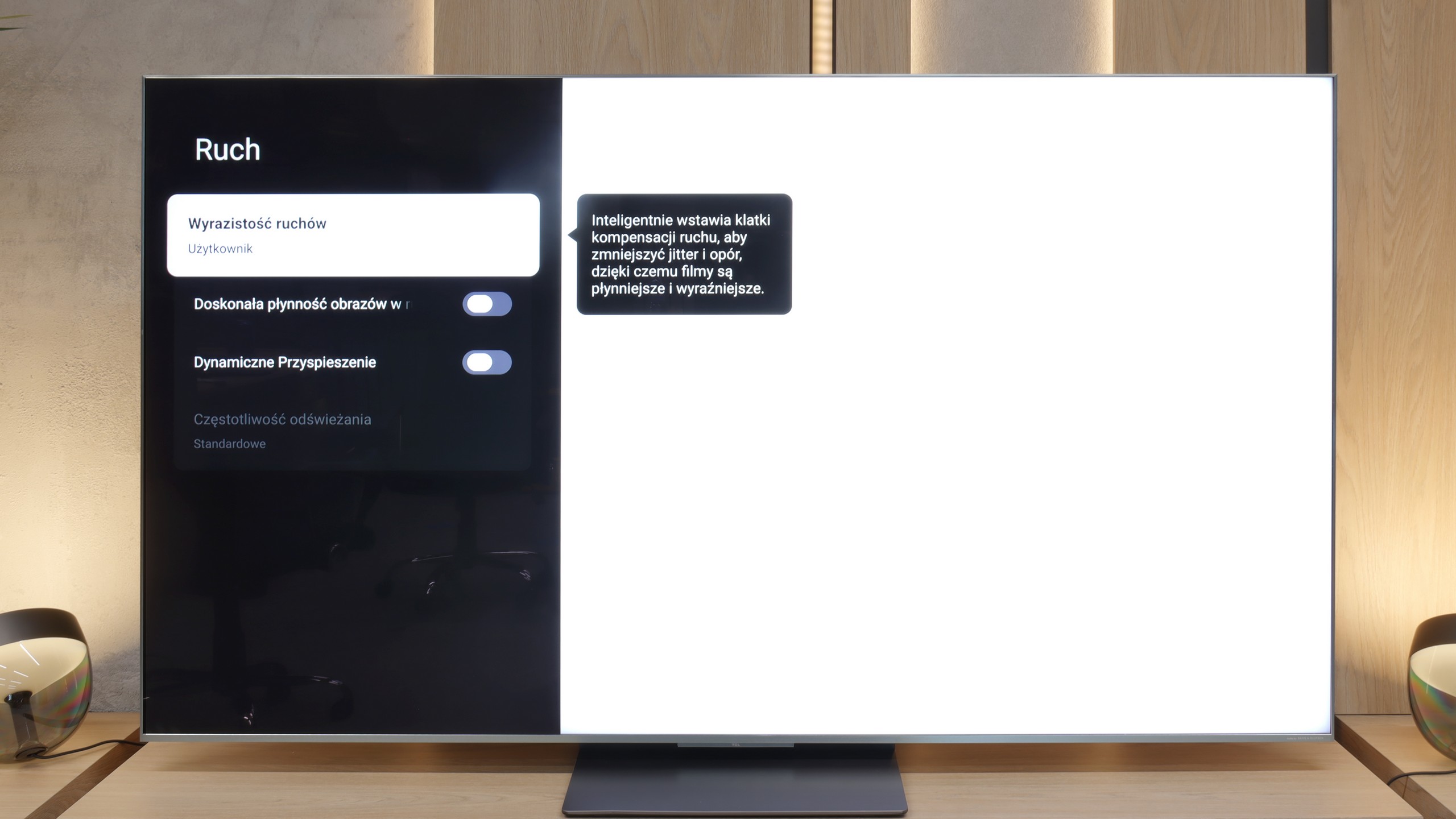
Blur (native resolution, maximum refresh rate):



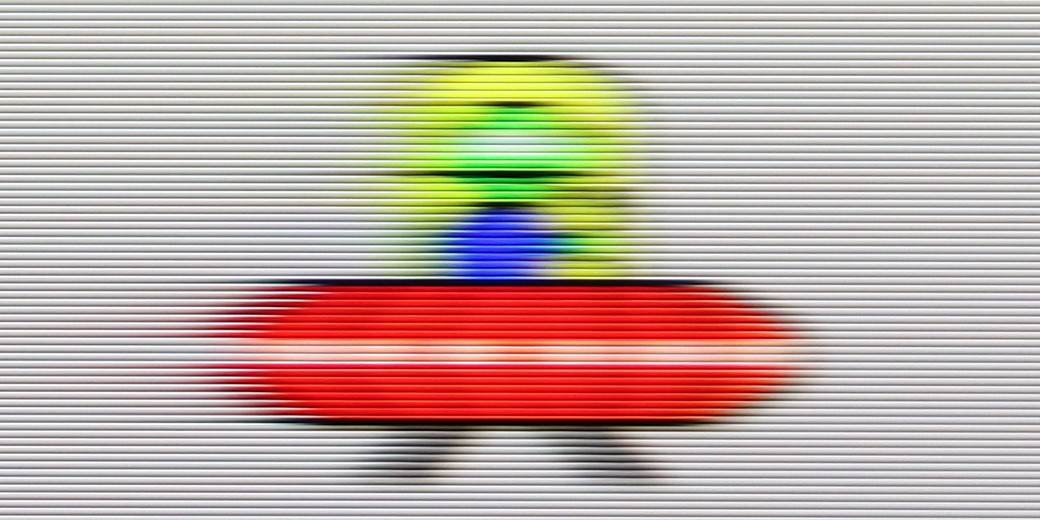
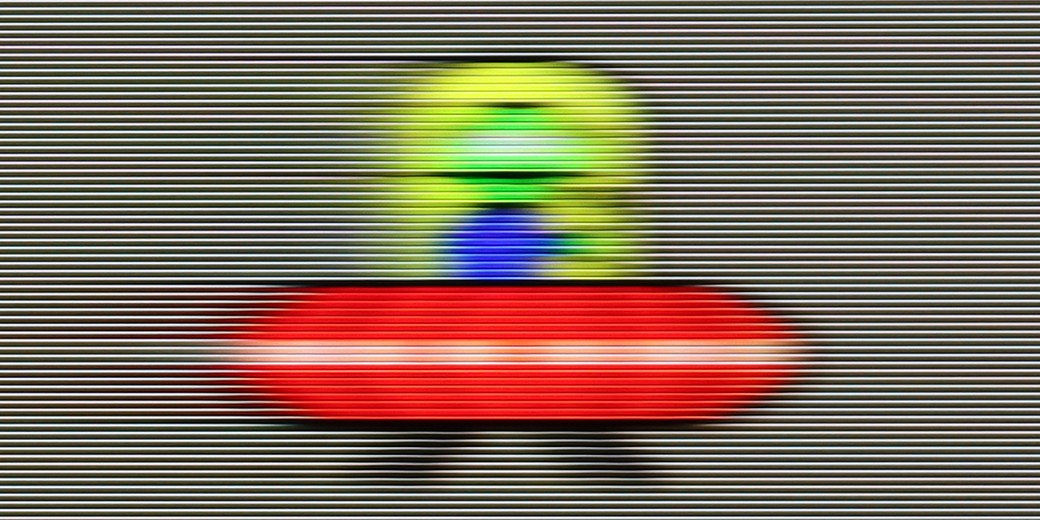

Blur (BFI function enabled):



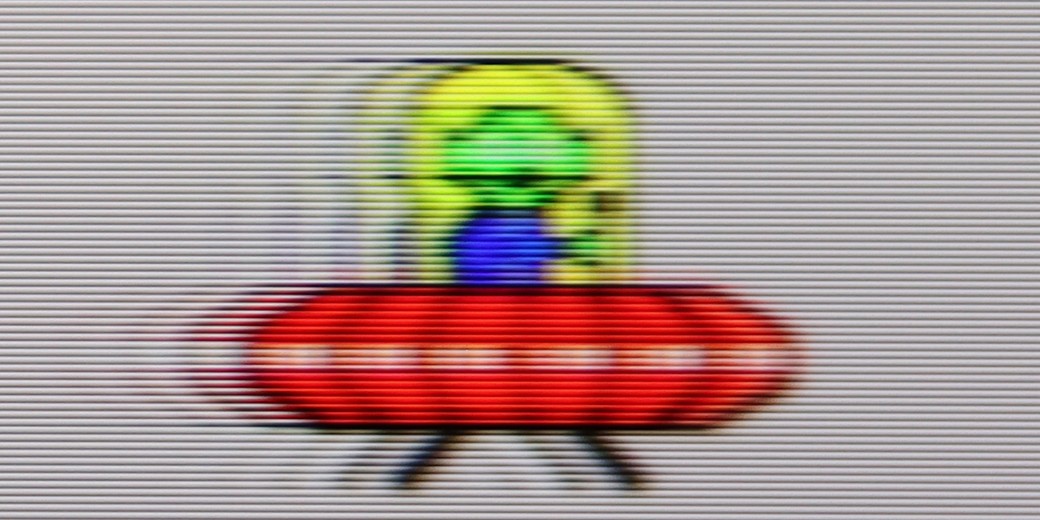


Blur ():
Blur (1080p@288Hz):
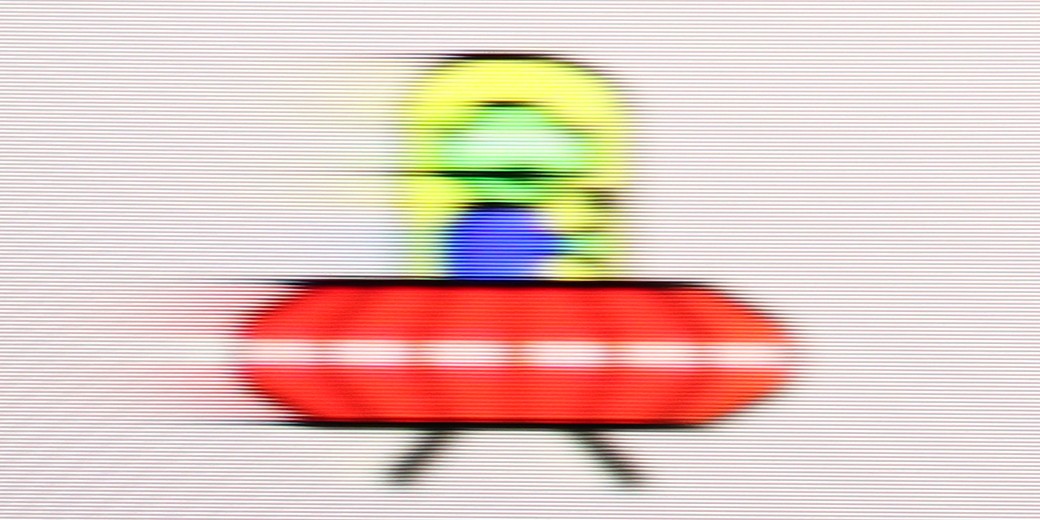
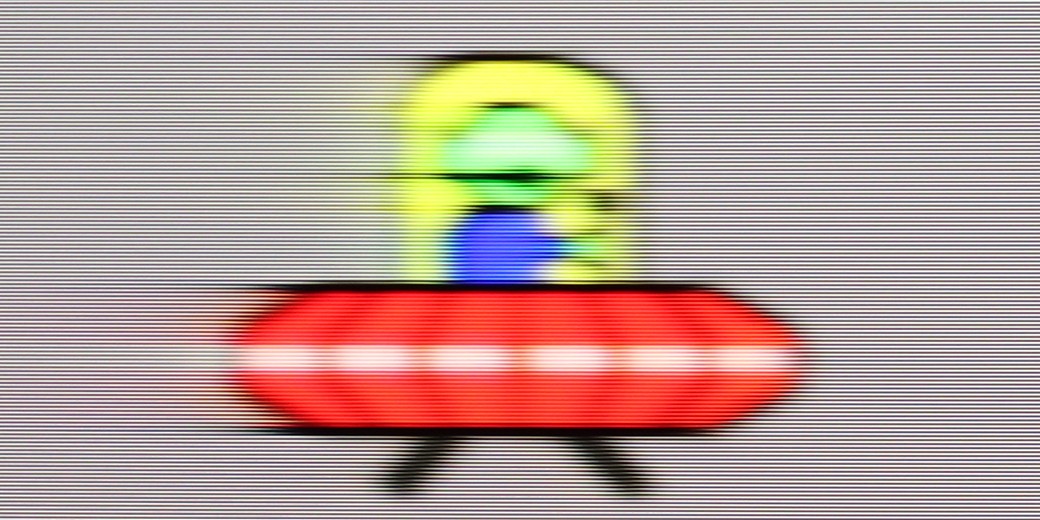
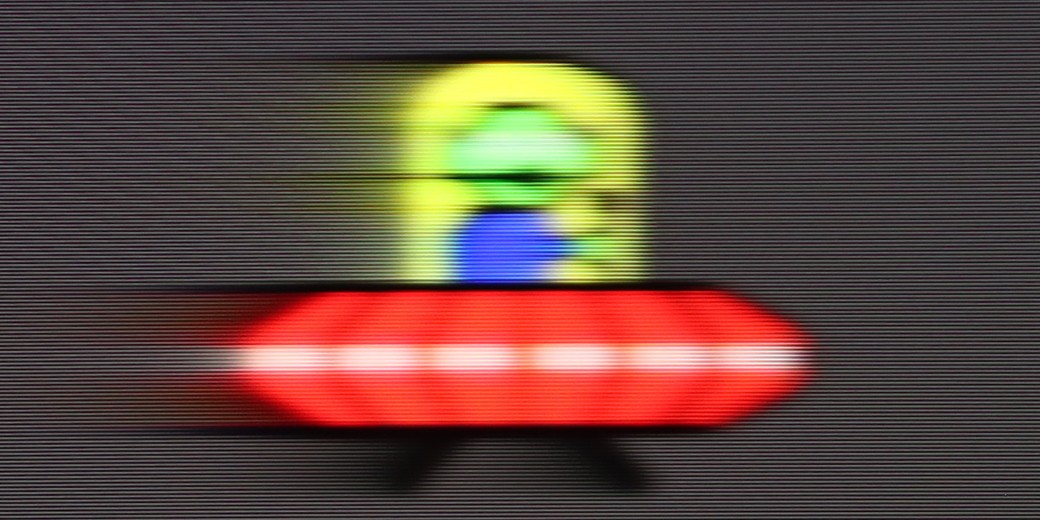
The maximum refresh rate of the Sony Bravia 9 is 120 Hz. This is the essential minimum for watching primarily sports or materials with significant motion dynamics while maintaining a sharp and smooth image. For demanding users, the manufacturer has implemented a very comprehensive smoothing system, which has been divided into three segments: Smoothness (Film), Smoothness (Camera), and Clarity. The first two correspond to the degree of blurring and the degree of smoothing, respectively. The third option will be described in more detail below. Moreover, we can adjust all settings to various degrees, each of which will produce an effect, ensuring that we can find our own golden mean. In the picture, we present a setting with slight smoothing, without the soap opera effect.
Similar to the C8K, the C9K is also a really fast television – both figuratively and literally. On board, we have a 4K panel with a refresh rate of 144 Hz, and at lower resolutions, the panel can even ramp up to 288 Hz. Such speed translates into practice – while watching sports or playing games, the picture looks very smooth and clear. Additionally, in films, we get an extra motion smoothing feature called Motion Clarity, which allows you to adjust the smoothness to your own preferences – from the cinematic "stuttering" of frames to nearly theatrical smoothness.
Console compatibility and gaming features
9.4/10
9.8/10
- ALLM
- VRR
- VRR range48 - 120Hz48 - 288Hz
- Dolby Vision Game Mode
- Correct implementation of HGIG
- 1080p@120Hz
- 1440p@120Hz
- 4K@120Hz
- Game bar



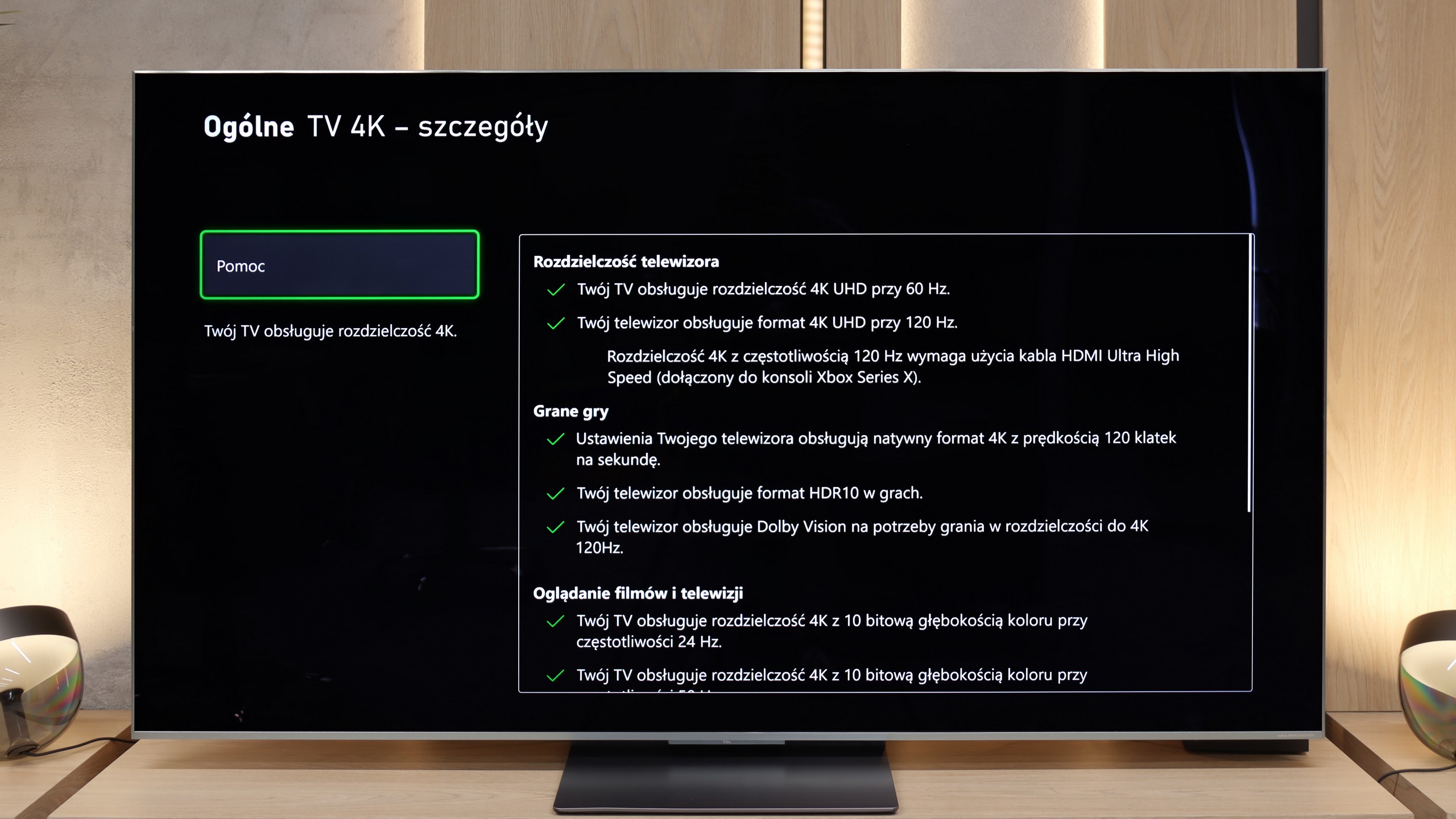

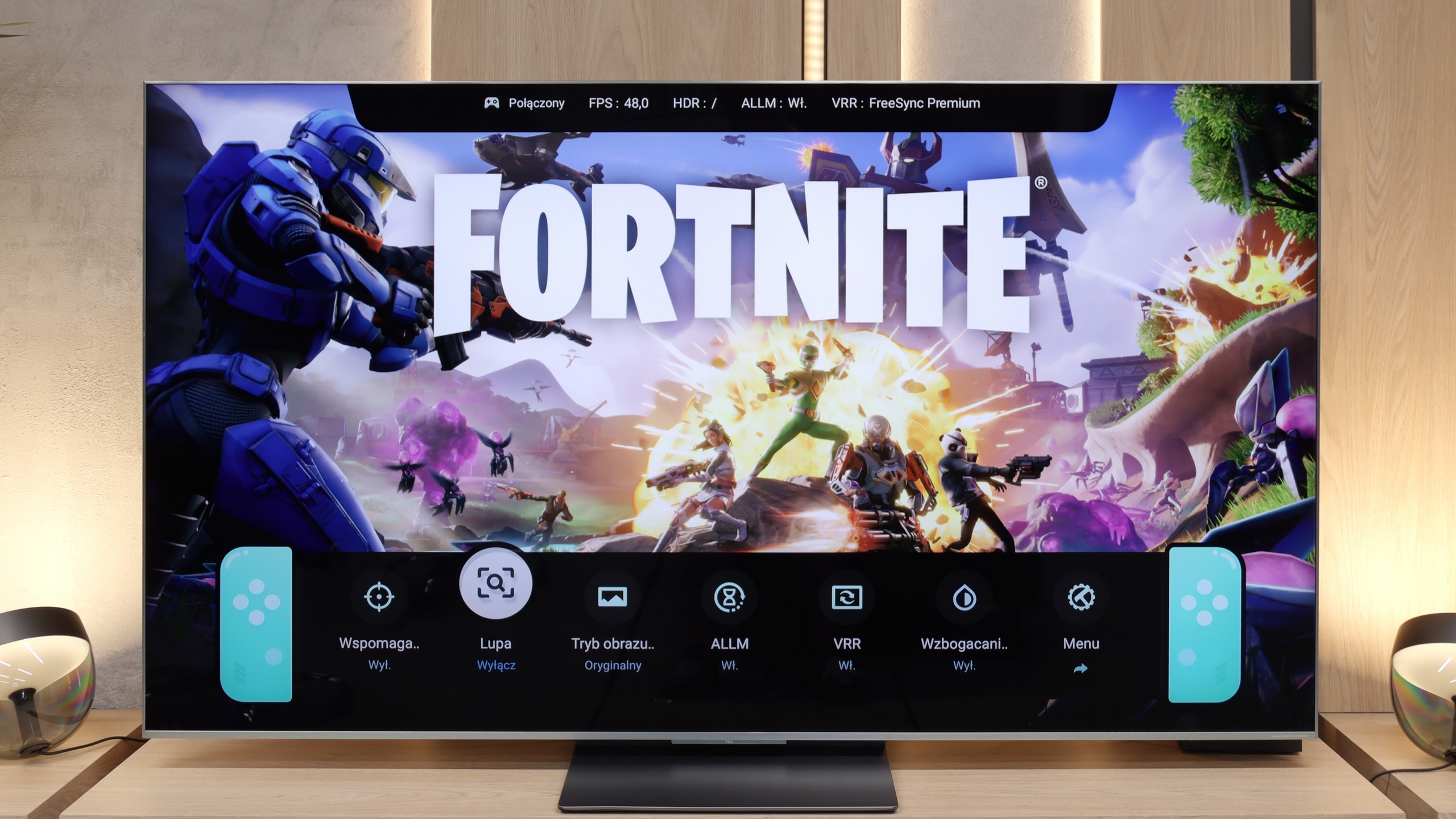


The Sony Bravia 9 television is equipped with four HDMI ports. However, somewhat inexplicably for a device of this class, only two of them operate in the 2.1 standard. That said, it should not be overlooked that almost all functions perform excellently and do not cause any negative feelings when being activated. Games running either in HDR10 or Dolby Vision have very low input lag, allowing for a very comfortable session with the title. A consolation remains in the form of a good implementation of the HGIG mode, which, after proper adjustment, does not differ significantly from Dolby Vision.
A year ago, Sony added to its televisions what has long been a standard for some manufacturers. This refers, of course, to the GameBar, enabling quick adjustment of settings without the need to exit the game. The implementation of this feature was successful and works very efficiently. We have been provided with conveniences such as: a crosshair grid, black level correction, and the option to reduce the screen to the proportions of gaming monitors.
The Sony Bravia 9 will undoubtedly find its fan base, most likely among PlayStation enthusiasts. Here, we must admit that it will be the most sensible choice, as in practice both the console and the television possess exactly the same capabilities. Looking at the bigger picture, while overlooking the issues with Dolby Vision in games, one cannot detract from the fact that the Bravia 9 is a very good television in the context of gaming.
For gaming, the TCL C9K is a complete tool. Here we have two (out of four) HDMI 2.1 ports with full bandwidth of 48 Gbps, so all the key technologies work: VRR (Variable Refresh Rate) and ALLM (Auto Low Latency Mode). Additionally, the manufacturer has included a really intuitive Game Bar, which allows you to quickly check the most important parameters and adjust settings without rummaging through the menu. Also worth noting is TCL's policy – the television does not shy away from any HDR formats, even in game mode. Whether it's HGiG or Dolby Vision for the Xbox Series S/X console – everything works as it should, giving the player a wide range of freedom.
Input lag
9.7/10
9.8/10
SDR
HDR
Dolby Vision
Latency time Bravia 9 is at a low level in every scenario. Even the most passionate gamers will surely appreciate the very low input lag at demanding 4K 120 Hz settings with HDR, which is 10 ms.
In terms of input lag, the TCL C9K performs exceptionally well. With 120 Hz content, the delay reaches only 7 ms, placing it among the very best televisions available on the market. Naturally, with 60 Hz materials, the input lag increases to around 15–16 ms, but in practice, this has little impact on the final responsiveness of the screen to our actions on the pad.
Compatibility with PC
7.6/10
8.6/10

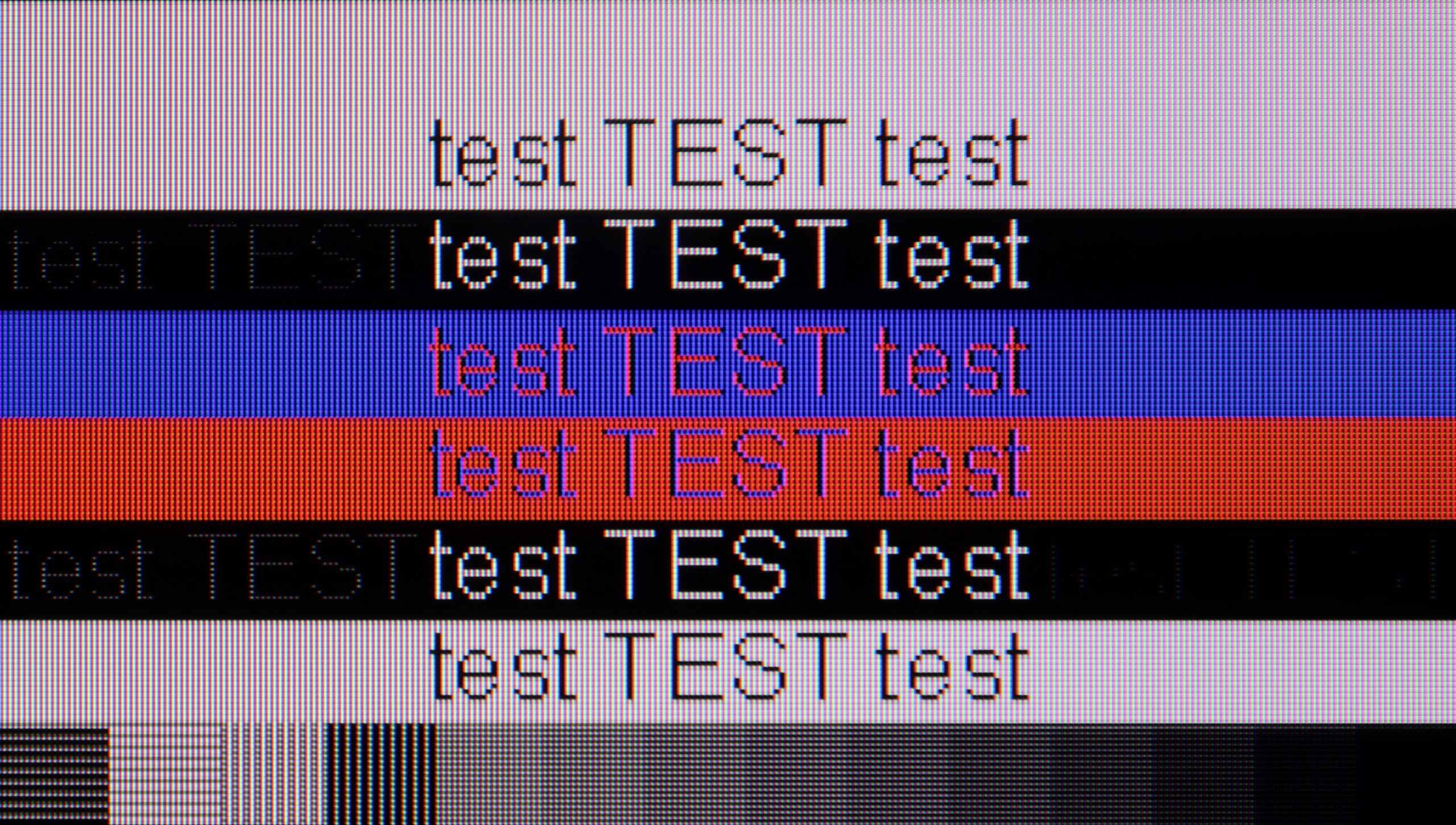
Sony Bravia 9 works excellently with a PC, thanks to its very low delay of just 9 ms, which is an immediate response between the mouse, the eye, and the screen. An extremely important aspect when working on a screen is primarily the readability of the text, which in the case of the tested television is very good. However, it is important to remember to switch the television to "Game" mode, as this mode provides the best text readability, whereas in other scenarios the font may turn out to be unreadable.
The subpixel layout is BGR, which does not negatively impact the use of the television as a monitor. However, since operating systems are not adapted to such a subpixel format, it can result in slightly less sharp contours. This is, however, practically negligible, and only a handful of people may notice it.
When it comes to office work, the TCL C9K does not disappoint – thanks to its 4:4:4 chroma support, the readability of fonts is at a good level, so writing or working with documents should not be a problem. One might notice slight issues with dimming horizontal lines, but in everyday use, it's hard to call this a real flaw. However, the greatest potential of the C9K reveals itself in PC gaming. Here, the television showcases its full capabilities – it can switch to lower resolutions, such as Full HD, and display images at up to 288 Hz. Additionally, it supports both G-Sync and FreeSync, so image synchronisation with the graphics card works flawlessly. It's difficult to have any major reservations about this set – it's truly a top-tier screen for computer gaming.
Viewing angles
7.4/10
4.5/10
Thanks to the application of an angle coating, the colour degradation and contrast drop at an angle are not as drastic as in the vast majority of VA matrix televisions. Only after a significant shift off the axis does one see greater image destabilisation; however, the overall assessment can be very positive.
A new feature in TCL televisions for 2025 is the WHVA panel, which is designed to provide better viewing angles than standard VA panels. And indeed – progress is visible. Looking at the screen from the side, the image is clearer and colours do not degrade as quickly as in previous models. However, this does not mean that we are dealing with the level of top-end coatings or solutions known from IPS panels, and certainly not from OLEDs. The picture remains readable, but brightness clearly decreases. This is definitely a step forward compared to earlier TCL models, but not yet a complete revolution.
Daytime performance
9.5/10
7/10



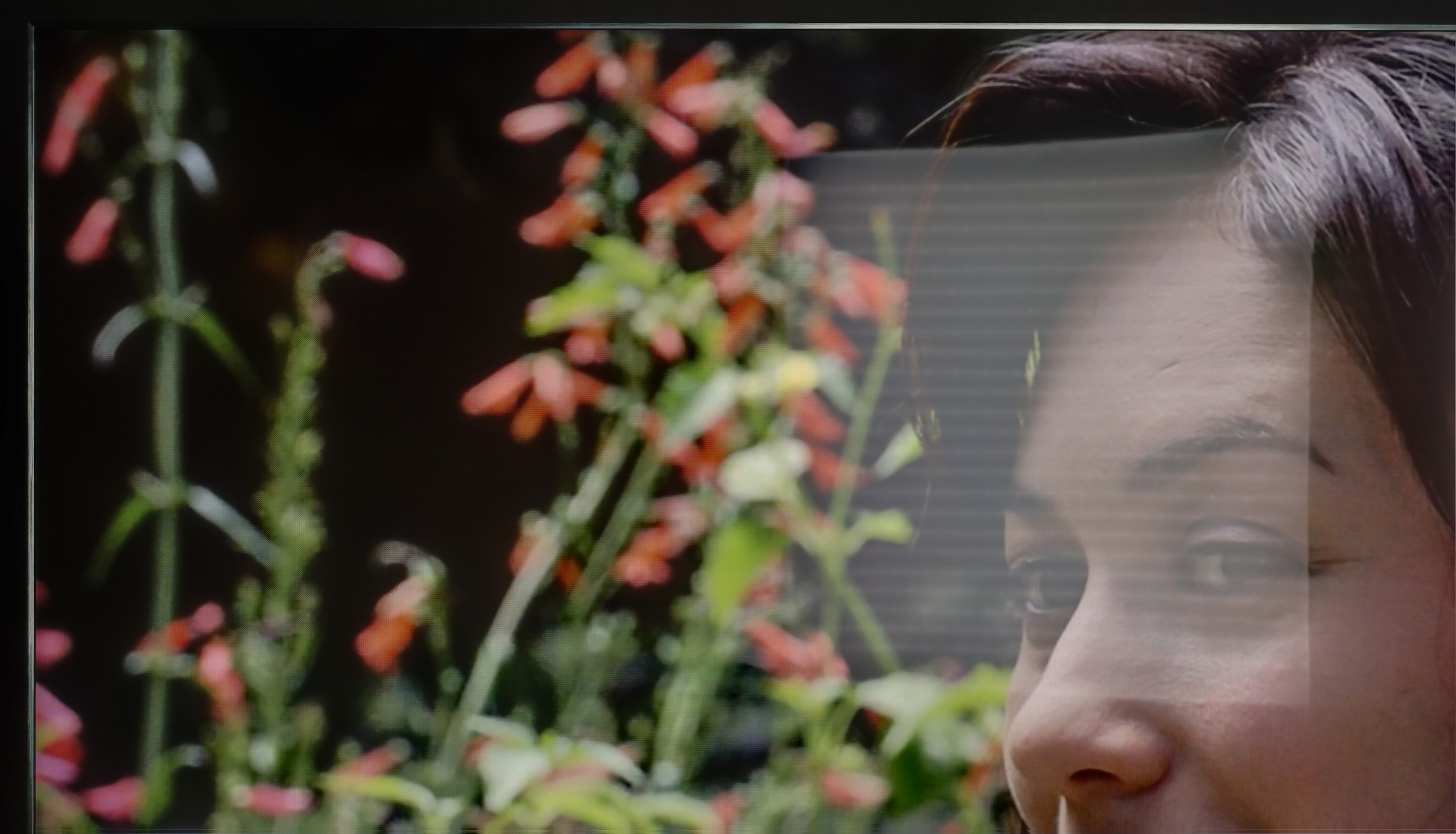
Panel brightness
Average luminance SDR
TCL C9K: 642 cd/m2
Sony Bravia 9 (XR90): 1609 cd/m2
The Sony Bravia 9 excels in bright environments, with a peak brightness of 1600 nits. This allows for a comfortable viewing experience even when the TV is exposed to harsh angled light. Reflections are minimal and do not significantly affect the viewing quality, making it highly suitable for watching during the day. As a result, the Bravia 9 earns an almost perfect score for its performance in well-lit conditions.
The new WHVA matrix coating has its strengths and weaknesses. On one hand, it handles smaller reflections quite well, while on the other hand, with stronger light sources, it is evident that the suppression of reflections is not at the highest level. Fortunately, the coating does not ruin what is most important: the blacks and colour saturation. This is a definite plus because in many competing models, compromises in this area are more painful. Additionally, there is very high brightness – in SDR content, the C9K can achieve an average of 650 nits in SDR materials. This is a result that is more than sufficient for watching television or films in more challenging lighting conditions, even on a sunny day.
Panel details
Subpixel Structure:

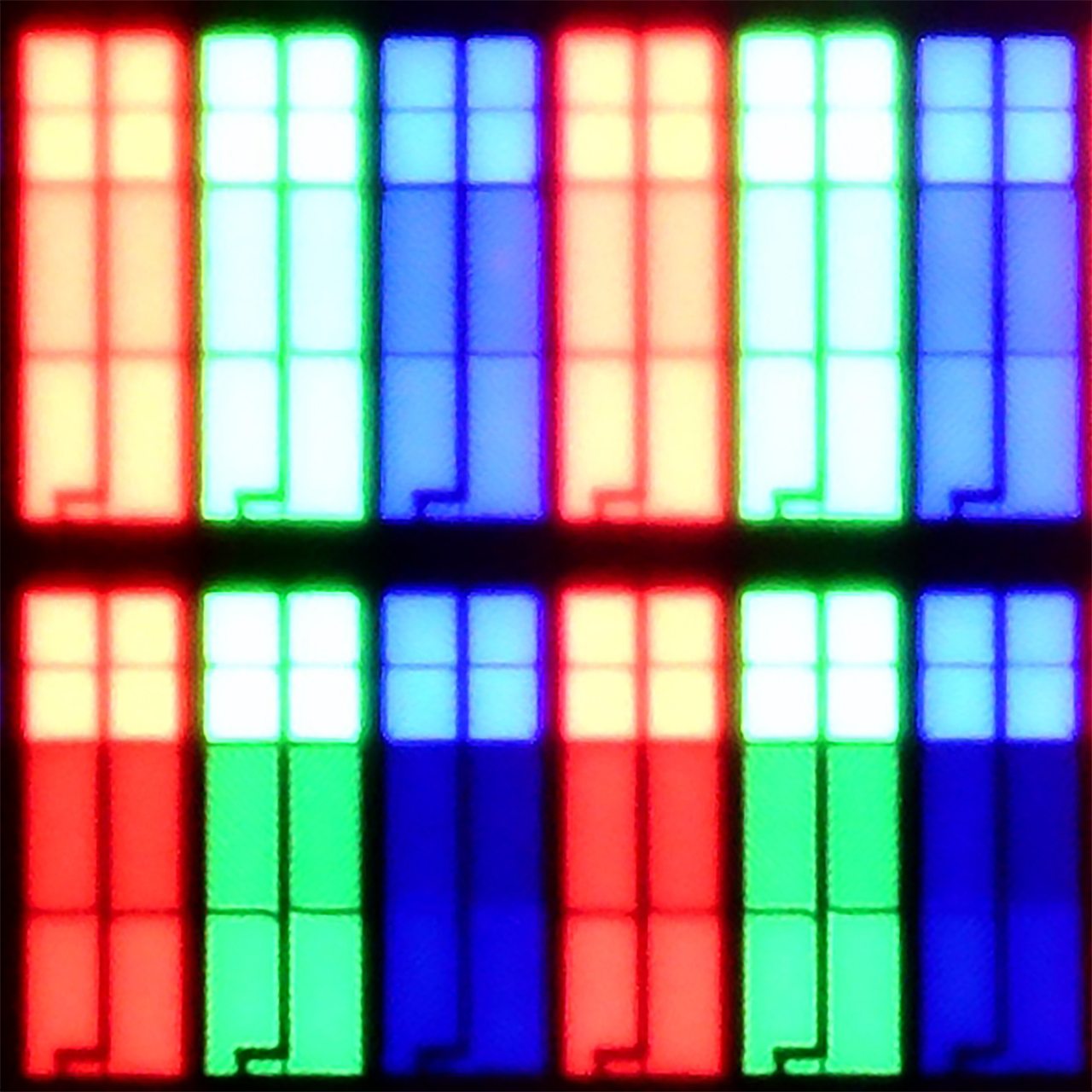
Panel uniformity and thermal imaging:

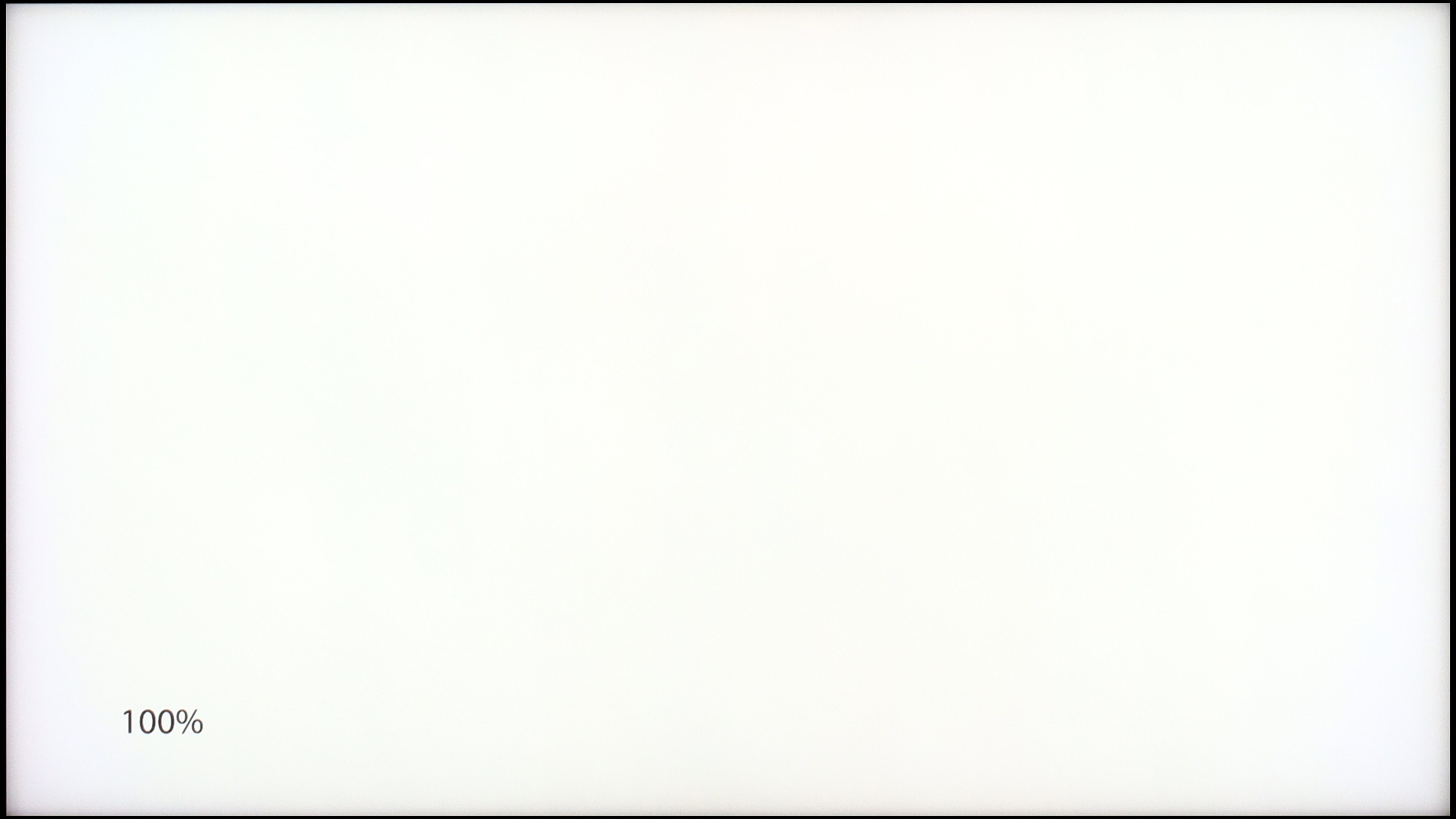
Sony Bravia 9 (XR90)
TCL C9K
TV features
8.8/10
7.7/10
- HDMI inputs2 x HDMI 2.0, 2 x HDMI 2.1 48Gbps2 x HDMI 2.0, 2 x HDMI 2.1 48Gbps
- OutputsToslink (Optical audio), eARC (HDMI), ARC (HDMI)Toslink (Optical audio), eARC (HDMI), ARC (HDMI)
- Network InterfacesWi-Fi 2.4GHz, Wi-Fi 5GHz, Ethernet (LAN) 100MbpsWi-Fi 2.4GHz, Wi-Fi 5GHz, Ethernet (LAN) 100Mbps
- TV receptionDVB-T, DVB-T2, DVB-S, DVB-S2, DVB-CDVB-T, DVB-T2, DVB-S, DVB-S2, DVB-C
Classic features:
- Recording to USB (terrestrial TV)
- Recording programming
- Picture in Picture (PiP)
- RF remote control (no need to aim at the screen)
- Backlit remote control
- Teletext
- Audio only mode
- Bluetooth headphones support
- Simultaneous Bluetooth headphones & TV audio
Smart features:
- AirPlay
- Screen mirroring (Windows Miracast)
- Voice search
- Voice search in native language
- Ability to connect a keyboard and mouse


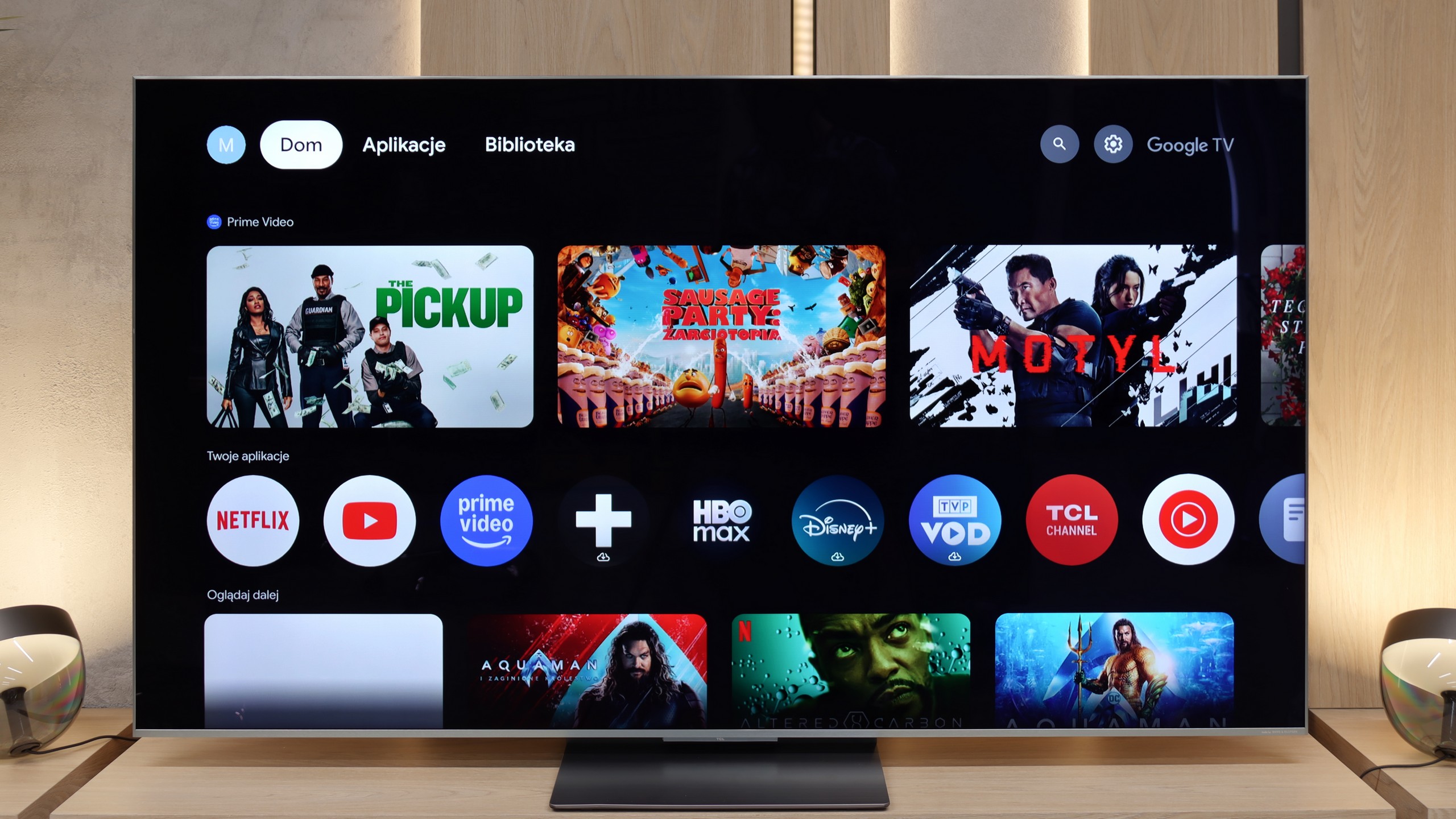
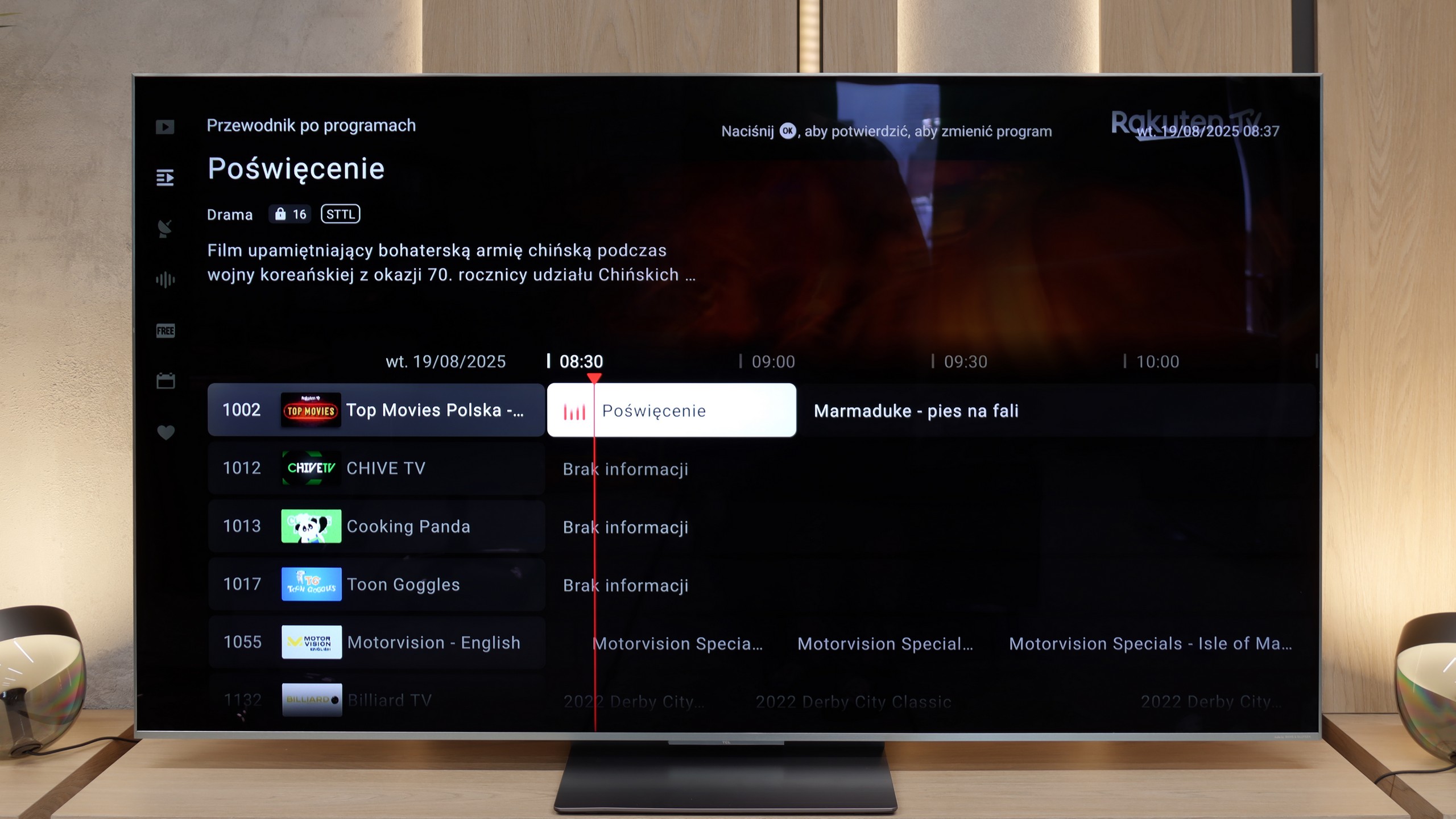
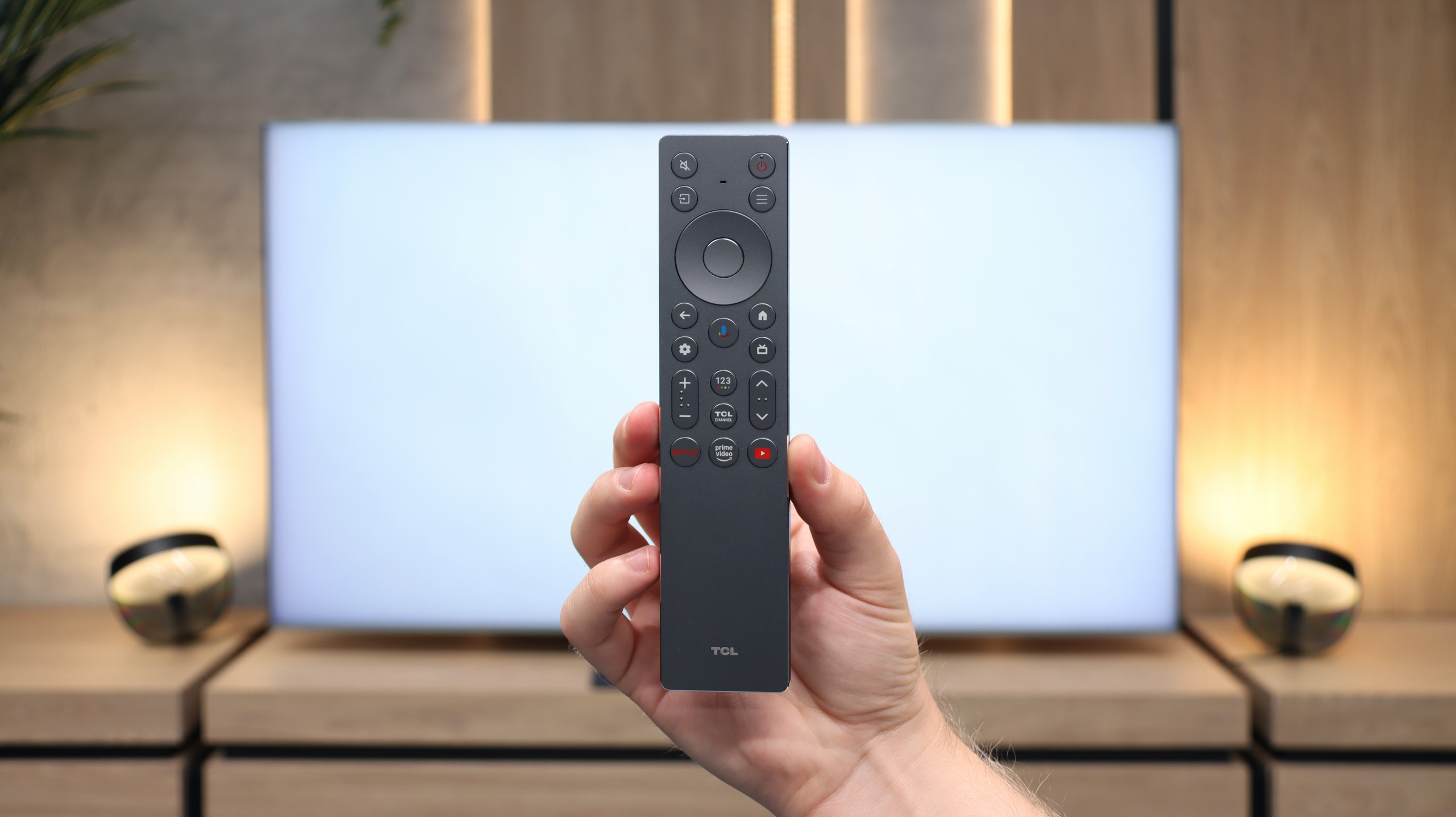

Bravia 9 operates on the Google TV system, which is a significant advantage compared to televisions equipped with proprietary systems from manufacturers, where installing applications from a USB drive can be cumbersome, and often virtually impossible. Thanks to Google TV, we have the capability to install virtually any application, both from the official store and directly from online repositories via an APK file.
This system also offers many conveniences in terms of control. We can connect a keyboard with a touchpad, which significantly eases the process of entering queries. Additionally, due to the integration with Google, we can utilise voice control features via the remote, which work very well, although there are occasional minor issues with translating functions and options. It's worth noting that Google TV regularly receives updates that enhance functionality and introduce new options. We can also confirm that, according to reports from users of older models, the software has its off days and sometimes experiences its "bad day".
In summary: Google TV is currently one of the most popular systems on the market. With a powerful CPU, it operates very smoothly, does not freeze, and does not have issues with stuttering for a significant portion of its usage. It is definitely the best option for those who want to fully utilise the capabilities of their television and value the openness of the system.
Classic TV Features
In terms of basic TV functions, the TCL C9K does not disappoint – it has everything that most users expect. The EPG guide operates smoothly, teletext is available, and pairing Bluetooth headphones, a mouse or a keyboard is trouble-free. However, it should be noted that in the Google TV system – as in other TCL models – there is a lack of more advanced options, such as recording programmes or picture-in-picture (PiP) mode. Some might find this insufficient, especially if they have used such features on competitors' devices. It is also worth mentioning that we only have one USB port available – sufficient to connect a drive with films or a USB stick, but if someone plans to use multiple drives, they might find this lacking.
Smart Features
While in terms of classic solutions the TCL C9K does not stand out, it showcases its full potential in the realm of smart features. The Google TV system is currently the most popular platform, and it is easy to see why – the app library is huge. Netflix, YouTube, Disney+, HBO Max, Amazon Prime Video – all are readily available. Only those who are very attached to more closed ecosystems, such as Apple Music, will feel the absence. A significant advantage is the built-in voice assistant – it works quickly, understands natural commands, and allows convenient control of the television: from changing channels to opening applications, searching for content, or checking the weather. This is precisely where the TCL C9K demonstrates that a smart TV is more than just an "internet-enabled television" – it is a tool that genuinely enhances everyday use of the equipment.
Playing files from USB
8.7/10
9.2/10
Supported photo formats:
Maximum photo resolution:

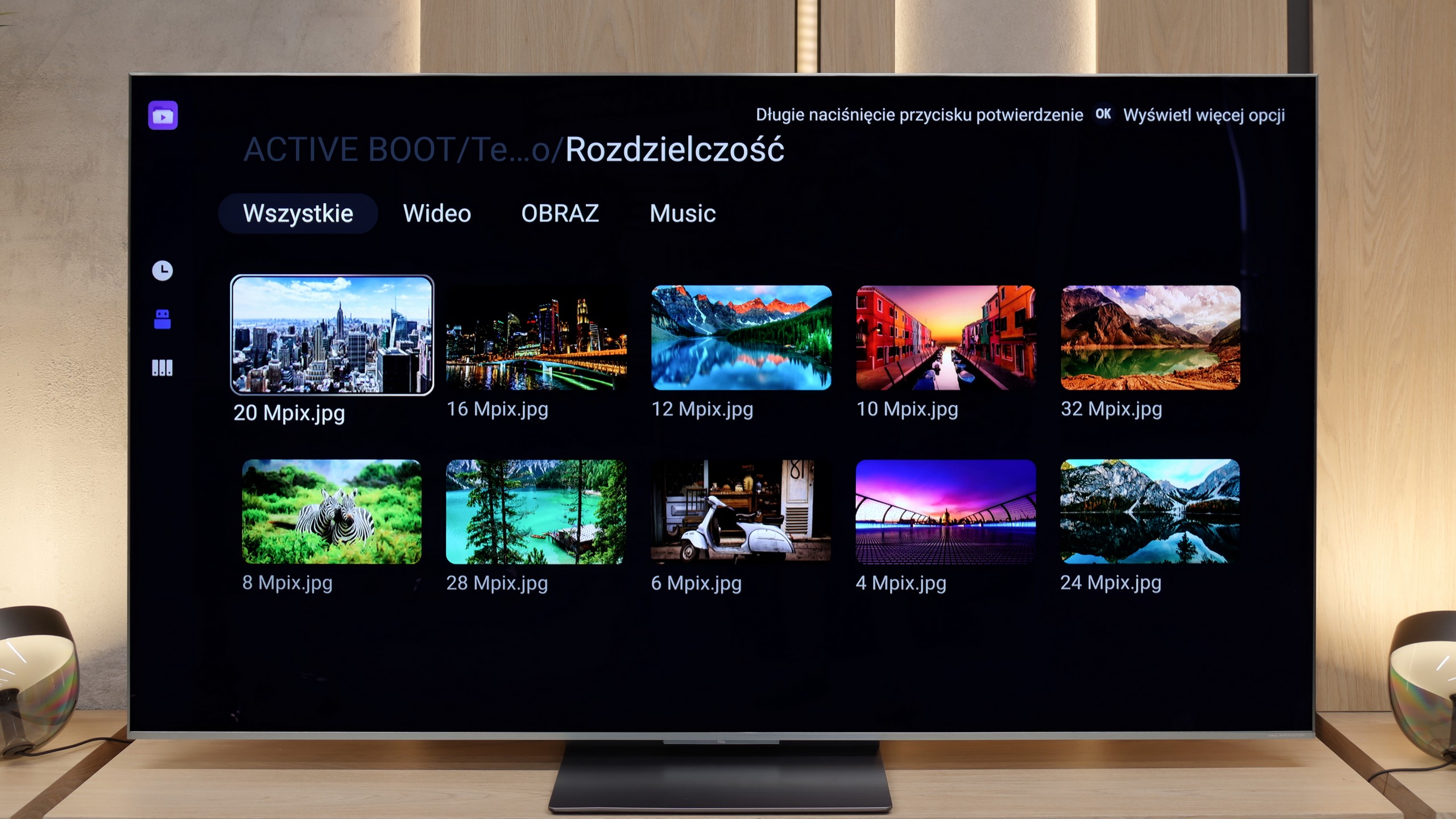
The built-in player on the Sony Bravia 9 is of a good standard. Although it is not without its faults, it has to be acknowledged that it plays a significant number of files seamlessly. However, among the missing features, the lack of support for subtitle formats like .sub, .txt, or selectively functioning image formats, of which only JPEG and HEIC are available, may be felt. This is not, of course, an issue given the ease of installing applications like VLC or KODI.
The C9K handled most of the materials we put on the pendrive without any issues – from films in MKV format, through older AVI files, to audio tracks in DTS and FLAC. The only drawback remains the lack of support for photos in HEIC format from Apple devices, but this is a common issue among all manufacturers. However, the most important thing is that if someone is missing support for some exotic format, they can always turn to an alternative player available in the Google Play store. And this is where the advantage of the Google TV system becomes apparent – the ease with which one can expand the functionality of the television with additional applications.
Apps
9.6/10
9.6/10














































Sound
8.9/10
7.9/10
- Maximum volume88dB77dB
- Dolby Digital Plus 7.1
- Dolby True HD 7.1
- Dolby Atmos in Dolby Digital Plus (JOC)
- Dolby Atmos in Dolby True HD
- DTS:X in DTS-HD MA
- DTS-HD Master Audio
We must admit that the sound emanating from the Sony Bravia 9 left us quite astonished. Of course, we knew it was a top-of-the-line product, but we didn't expect such sound quality. You can easily hear each instrument individually, and the bass adds the right depth to the overall experience. With a clear conscience, we can say that it is the best-sounding television we have had the pleasure to test. We are also aware that people who choose such a television have their own home cinema setup. And here, there will be no significant obstacle, as the Bravia 9 supports DTS-HD Master Audio and Dolby Atmos.
The sound in the TCL C9K is handled by the same set as in the C8K model – prepared in cooperation with Bang & Olufsen. It is a 4.2.2 configuration with a total power of 90 W, consisting of eight speakers positioned to create a fuller sense of space. And it must be admitted – the effect is impressive. Dialogues are clear, the highs and mids sound clean, and the bass does not get lost even during louder sessions. Of course, this will not replace a dedicated soundbar or home cinema system, but for built-in speakers – there is truly something to listen to.
*During tests of maximum volume, we noticed an unusual behaviour of the audio system. When the slider is set to 100%, the television reaches about 76–78 dB, but it can be heard that it is trying to generate greater power, after which the sound level is immediately corrected to the mentioned value. On the other hand, when we lower the volume to, for example, 70%, it initially drops as expected, but after a while it slowly rises back to the same level of 76 dB. This effect gives the impression of an aggressive limiter at work, which, regardless of the slider position, always brings the volume down to one level. We checked this behaviour several times, and in every case the result was identical – no additional “smart” volume adjustment or AI functions were active during this.
Acoustic Measurements
88dBC (Max)
75dBC
77dBC (Max)
75dBC
